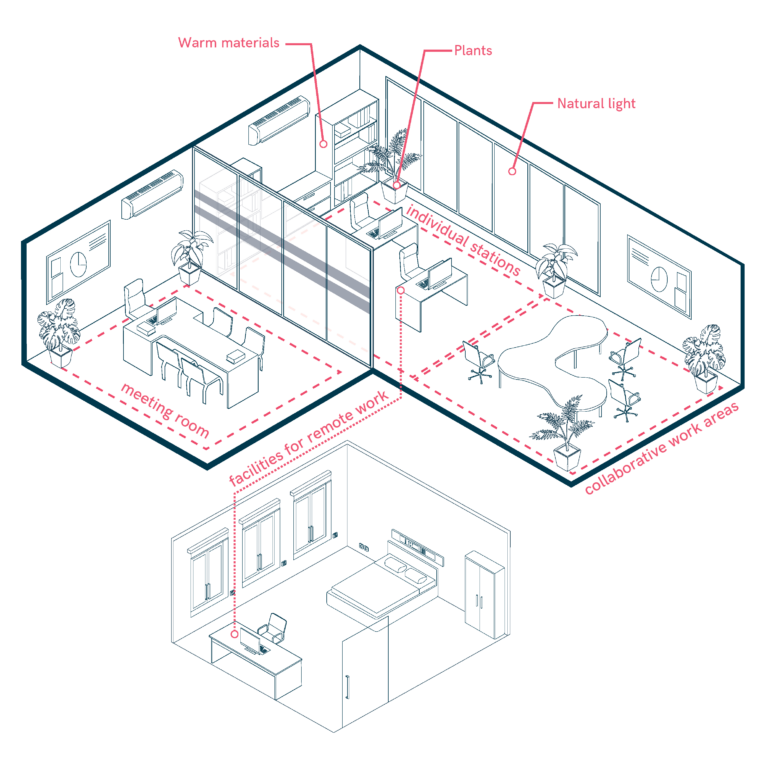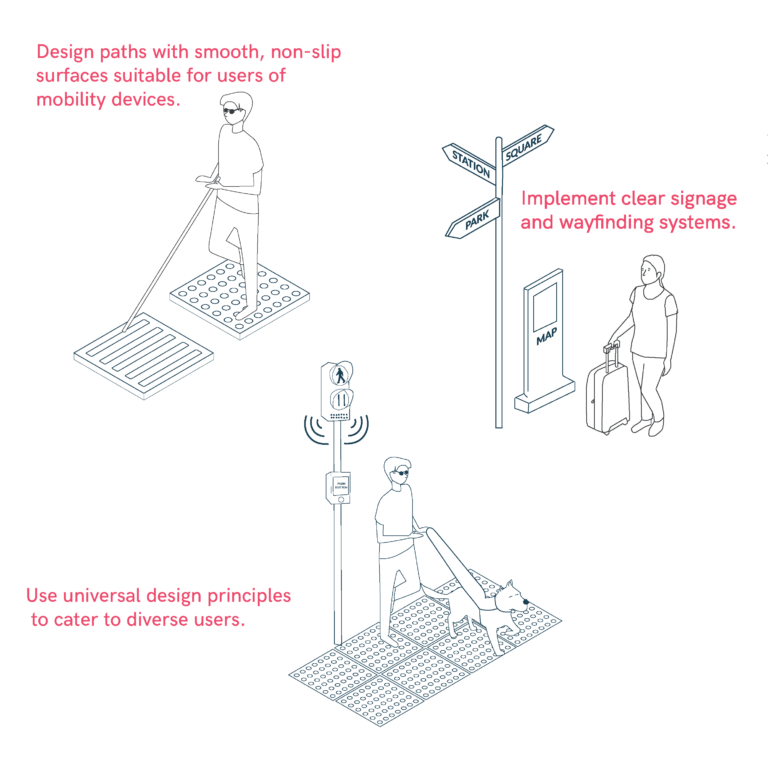
Environment
Spectrum of abilities
The environment has a set of essential functions that directly impact on the experience of its users, both human and non-human. Thermal regulation, sound absorption, air quality, and the availability of natural spaces are key factors for inclusion in both urban and rural environments. Furthermore, biodiversity plays a fundamental role in the habitability of spaces, as the presence of vegetation and wildlife contributes to ecological stability and the well-being of those who interact with the environment. A balanced and functional environment not only enhances people’s health and mood but also facilitates coexistence with other species, fostering a more harmonious and sustainable relationship with the ecosystem.
Accesibility and inclusion actions
To ensure inclusion in habitable spaces, strategies must be implemented to improve environmental accessibility in both built environments and the digital realm. In physical spaces, this involves the creation of green infrastructures and nature-based solutions, optimizing thermal and acoustic comfort, and reducing pollutants to enhance air and soil quality. In the digital space, accessibility should also consider the impact of digital design on nature and well-being, ensuring that technologies are developed sustainably and durably.
Key beneficiary users
The improvement of environmental accessibility benefits a wide range of users. People with health conditions such as allergies, asthma, or acoustic sensitivity find relief in well-designed environments that mitigate the barriers affecting their quality of life. Risk population, exposed to climate crises and environmental degradation, also benefit from policies that integrate sustainability and equity into urban planning. Additionally, biodiversity is a key user of the environment: pollinators, birds, and other species depend on accessible green spaces for survival, while their presence strengthens ecological resilience and human well-being. In this regard, environmental inclusion not only addresses human needs but also recognizes the value of all beings sharing the same space, promoting an integrated and sustainable perspective in both urban and rural design.

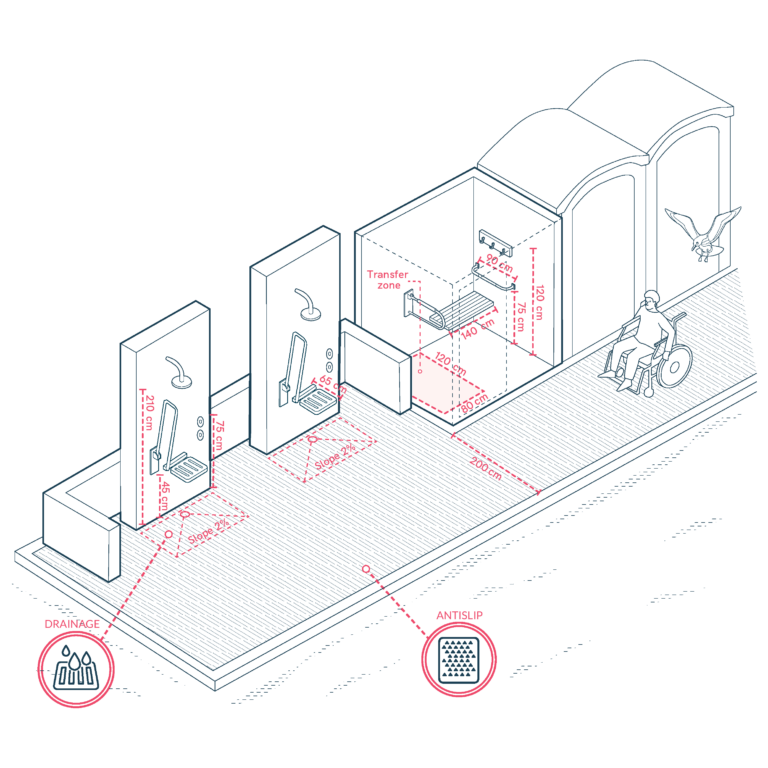
Accessible Dressing Rooms and Showers

Accessible Lunch Counters and Tables
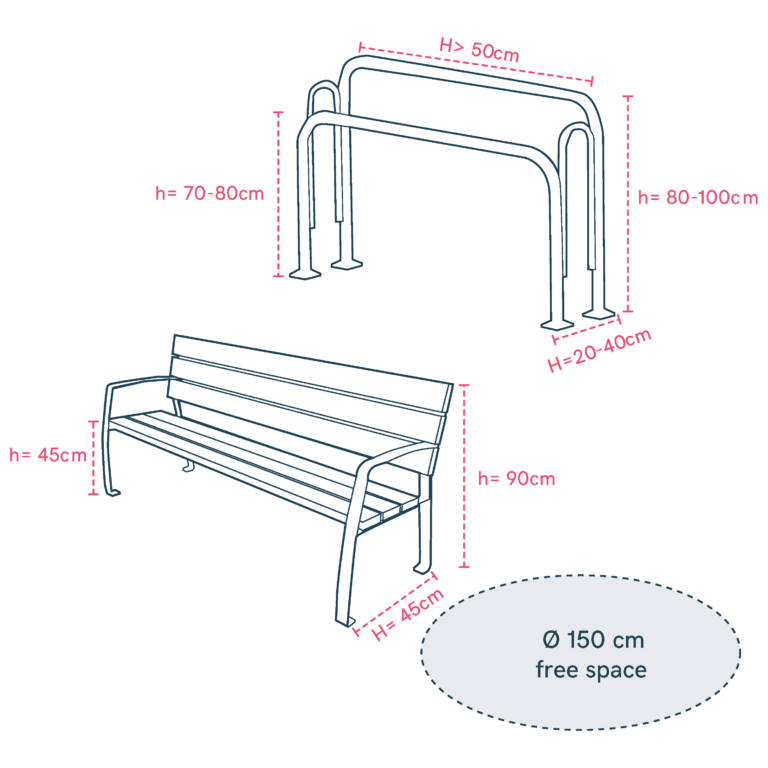
Accessible Seating Dimensions

Acoustic Design

Adapt Motor Stimulation Play Opportunities
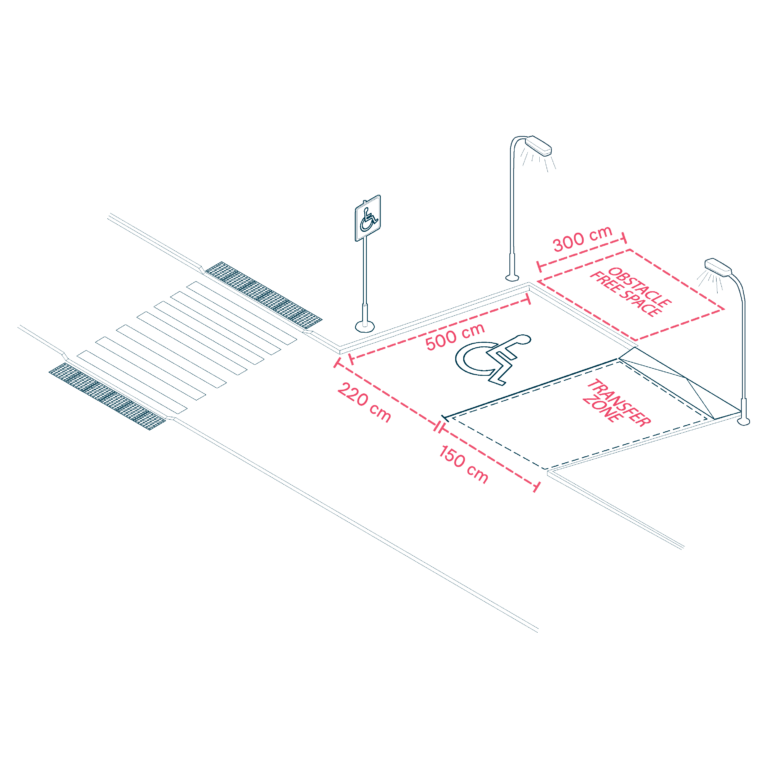
Angled Accessible Parking
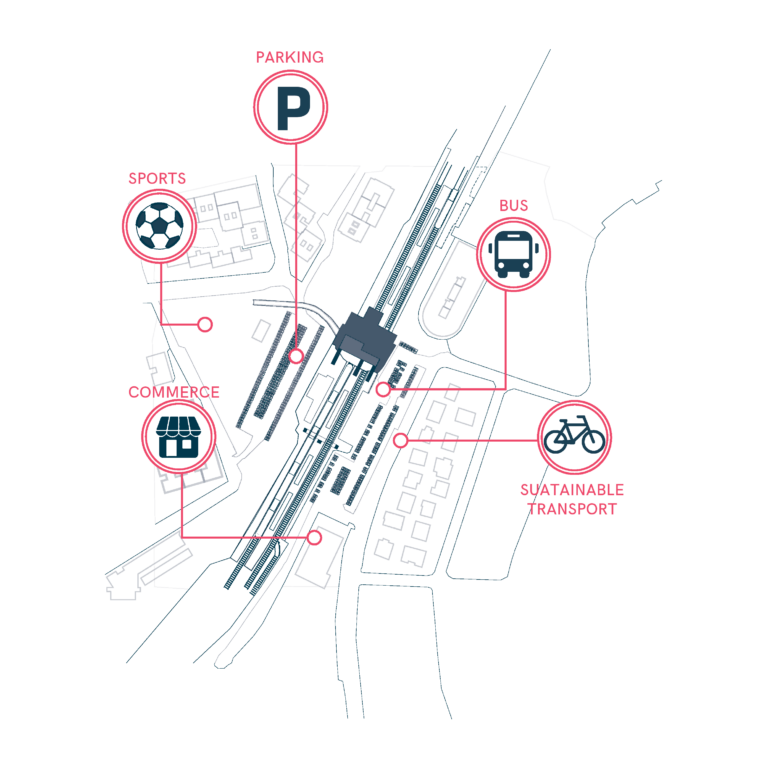
Approach to the station: Welcoming and Accessible Entrances
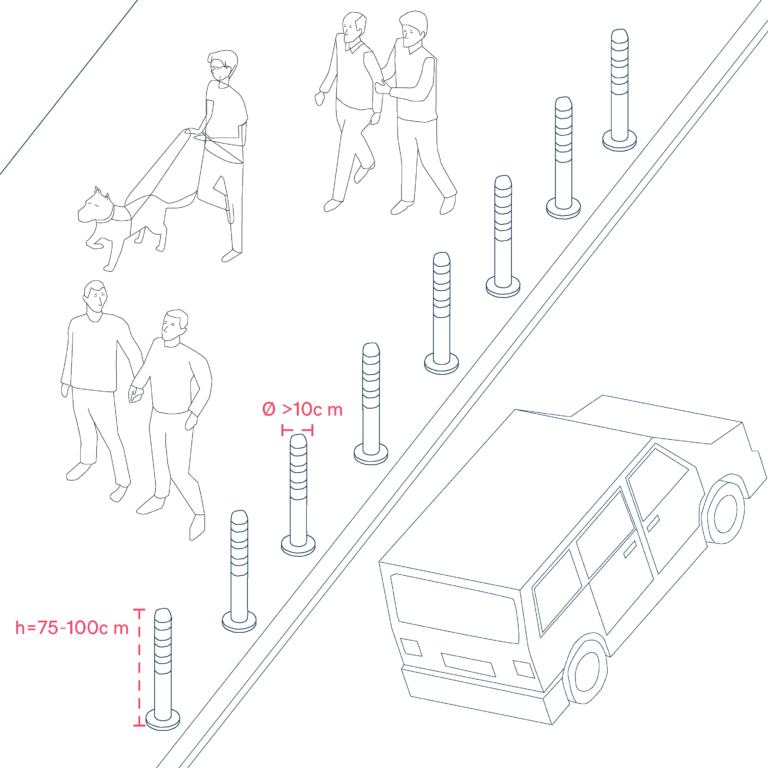
Bollards
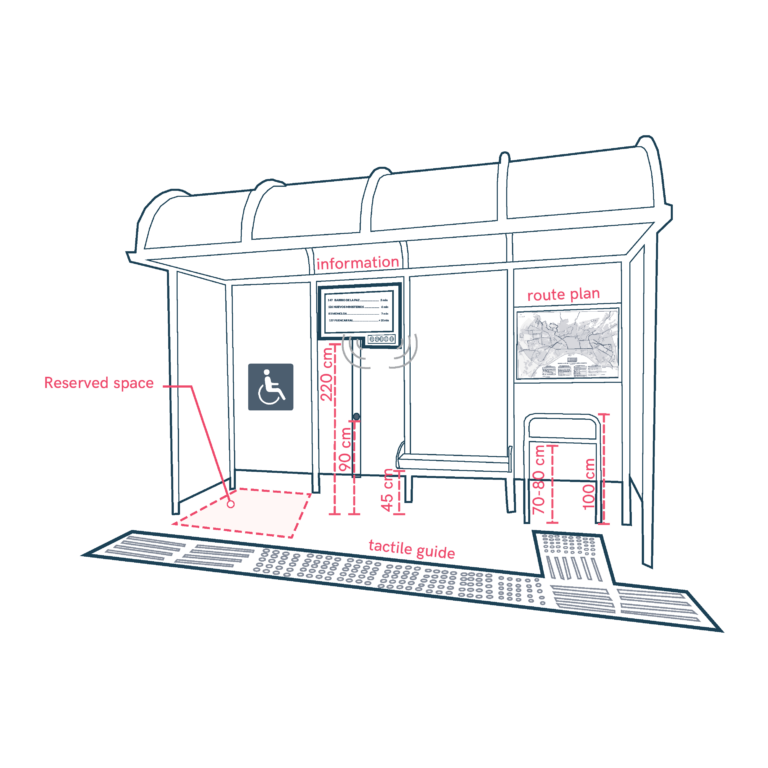
Bus Stop Design
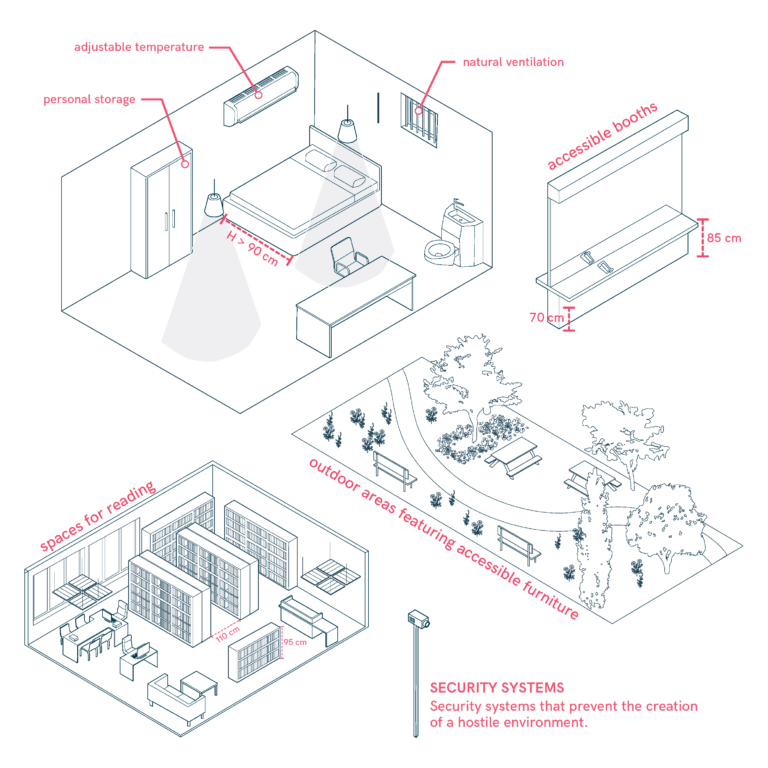
Cells and Detention Spaces
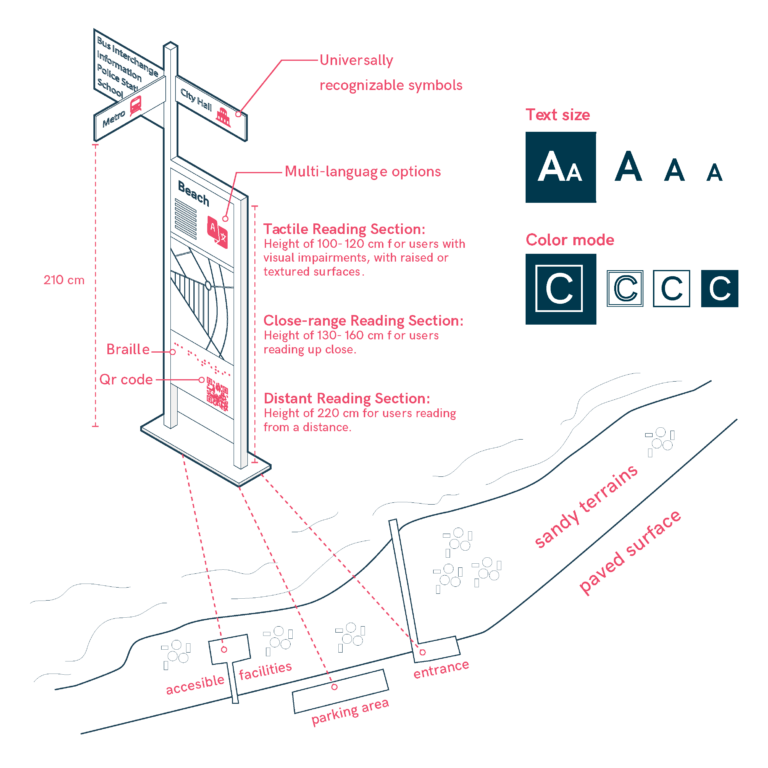
Clear Signage and Orientation
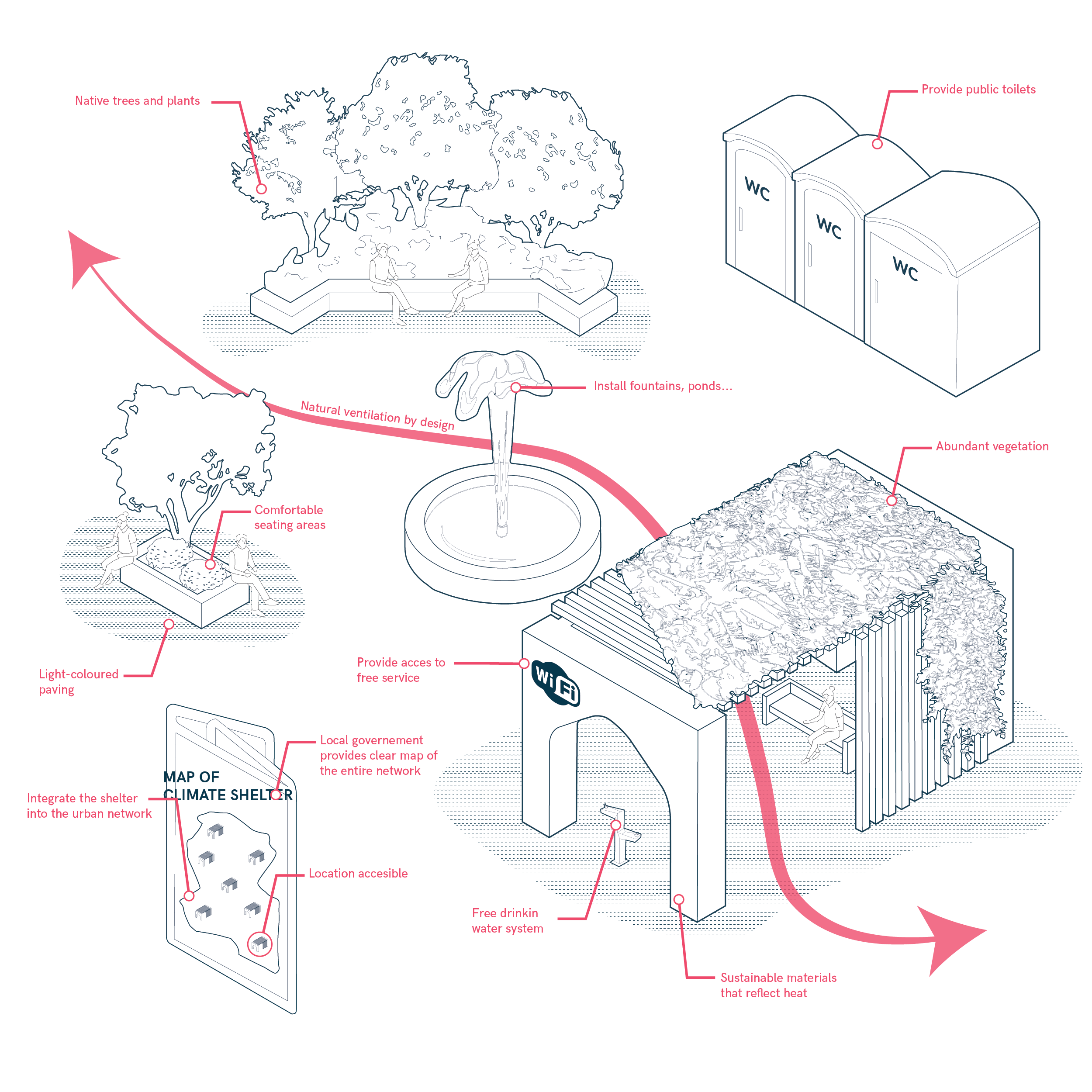
Climate Shelter
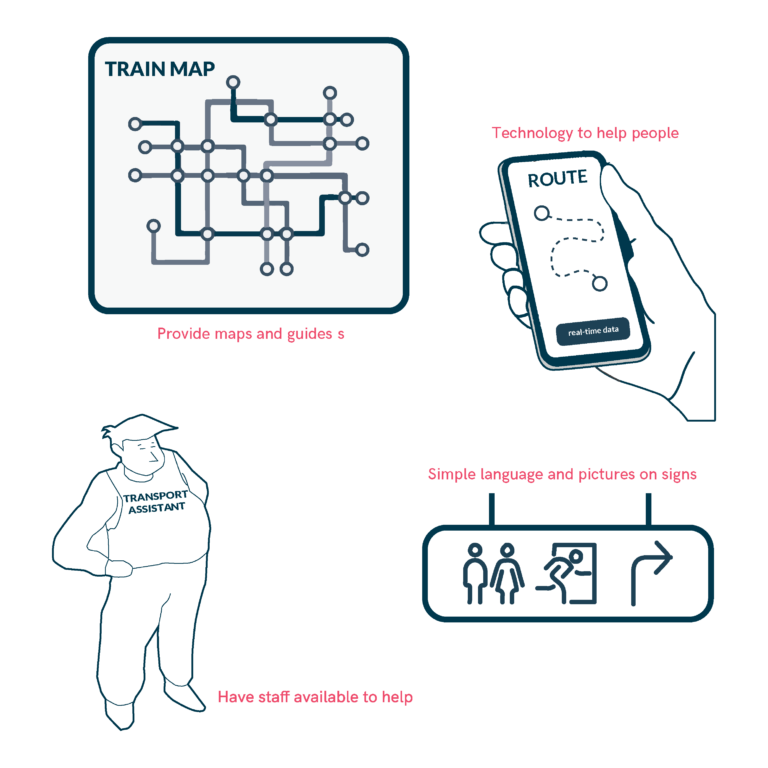
Cognitive-Friendly Design

Comfort and Safety Enhancements
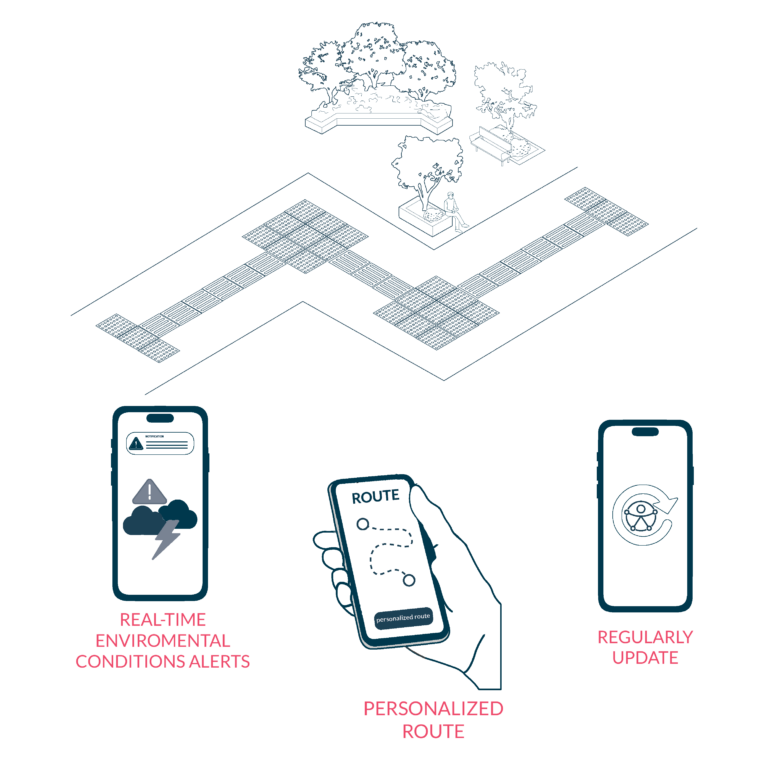
Comfort-Based Mobility Assistance
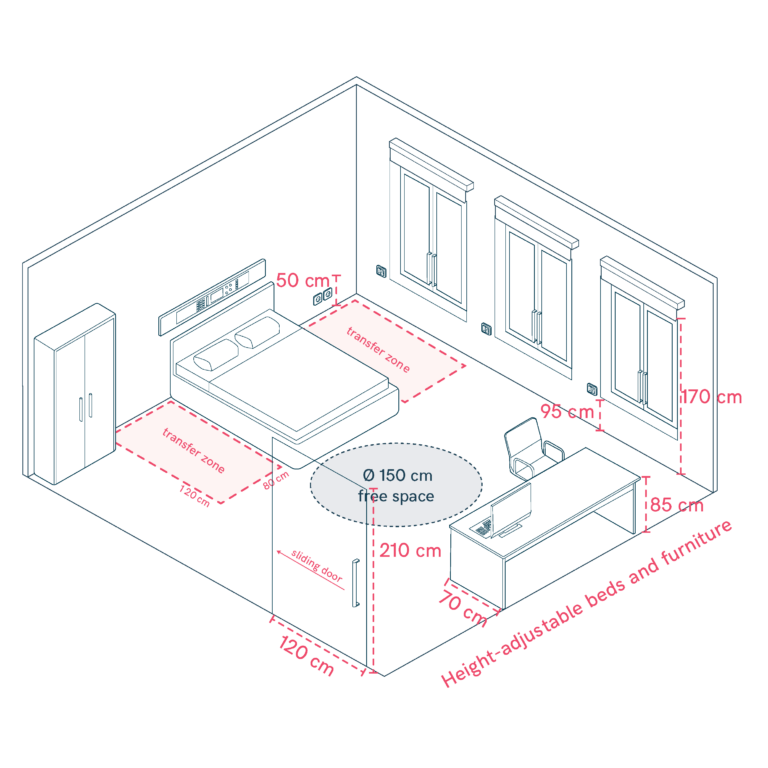
Comfortable Bedrooms
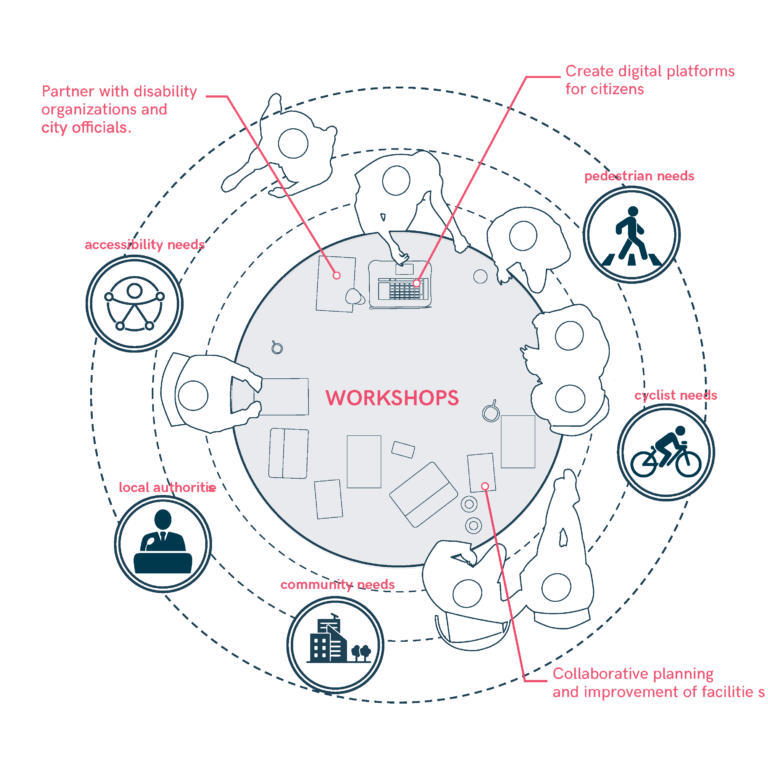
Community Engagement and Collaboration
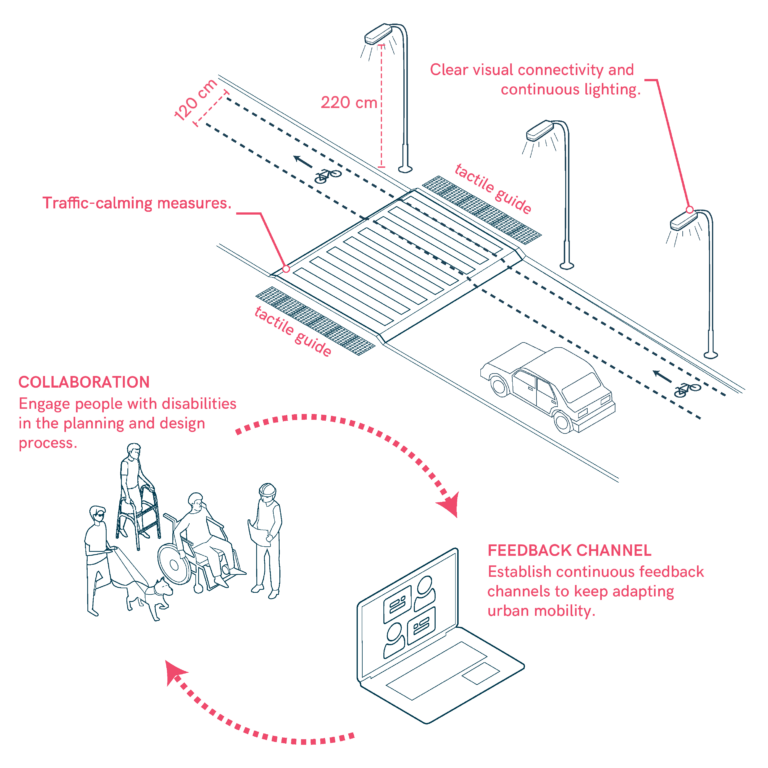
Community Engagement and Feedback
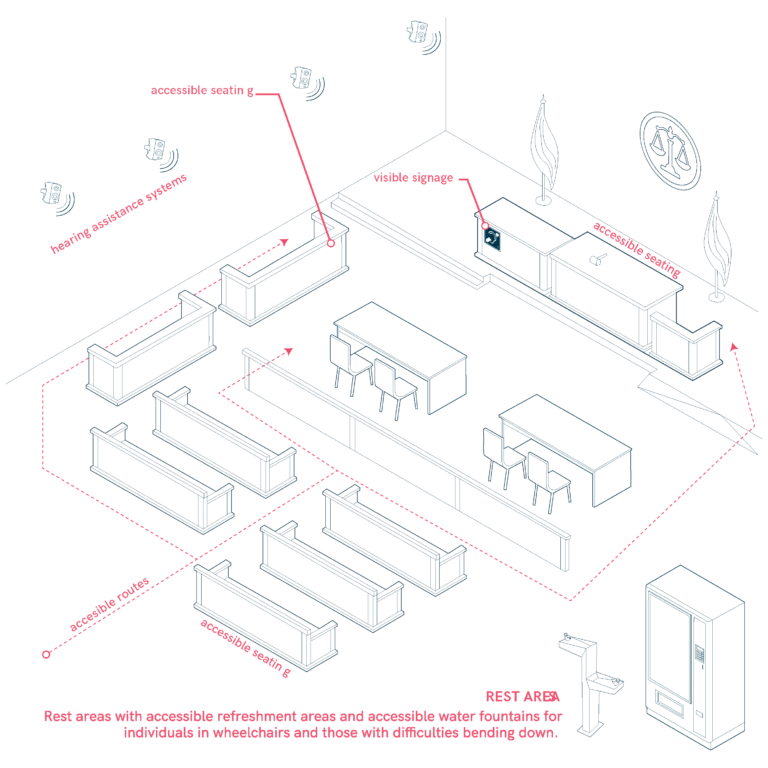
Courtrooms
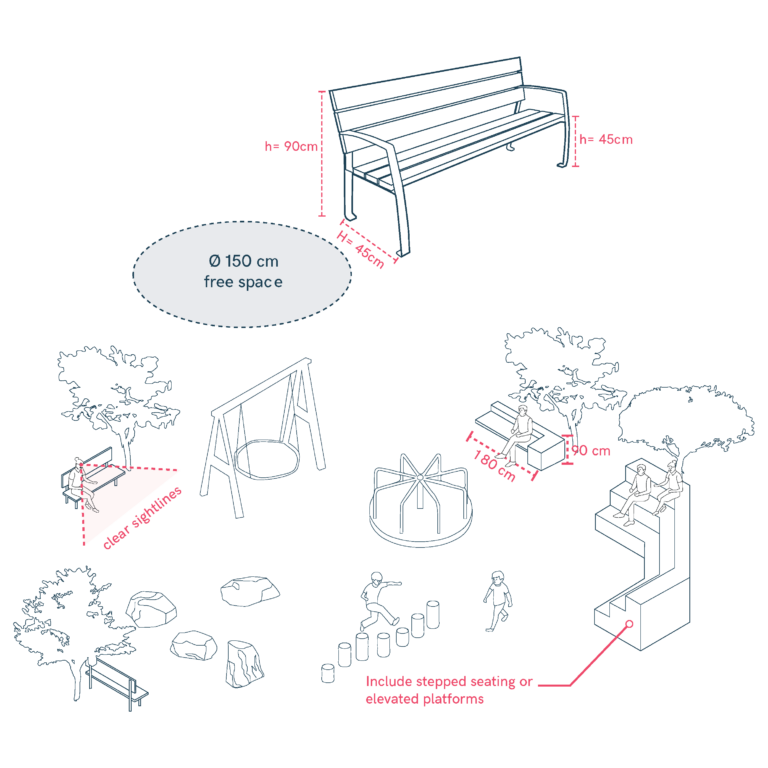
Create Comfortable Surveillance and Rest Areas
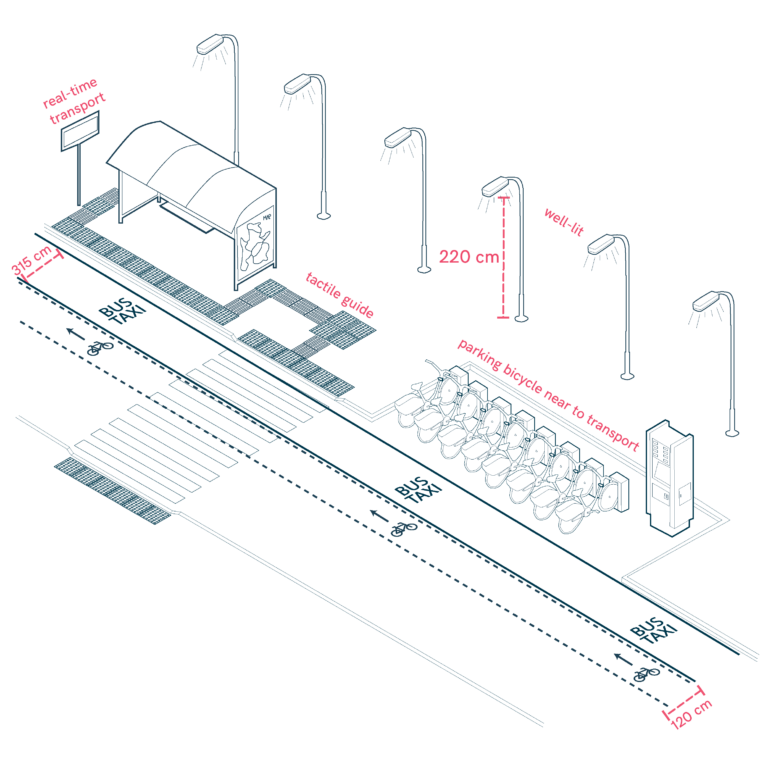
Cyclist-Specific Infrastructure
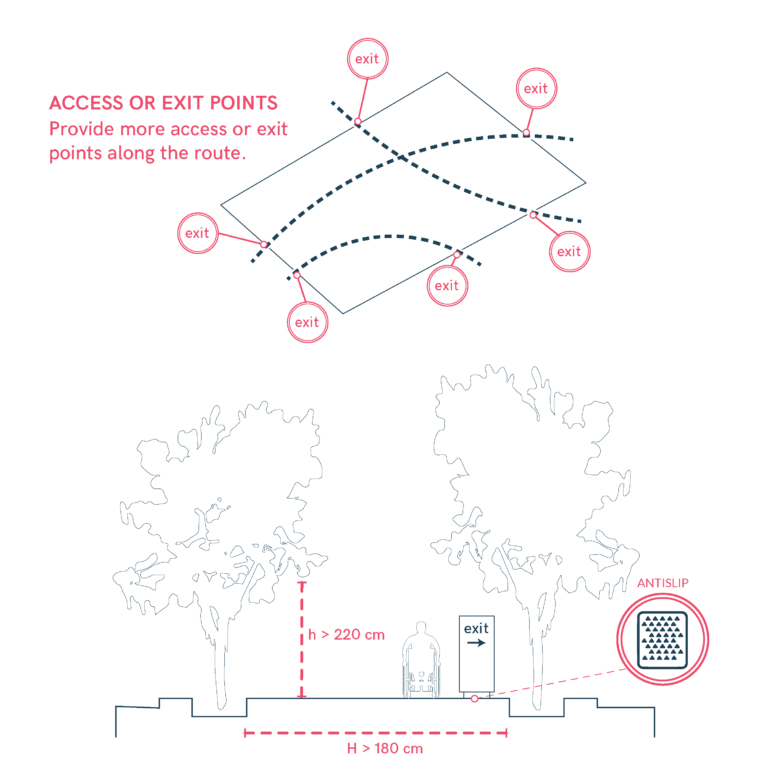
Design accessible pedestrian routes
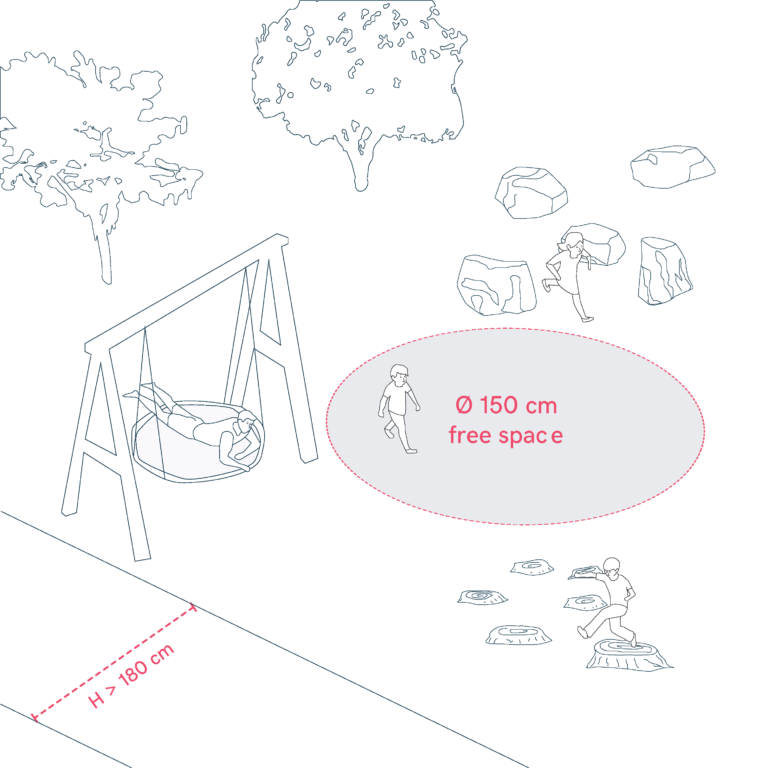
Design Accessible Play Areas
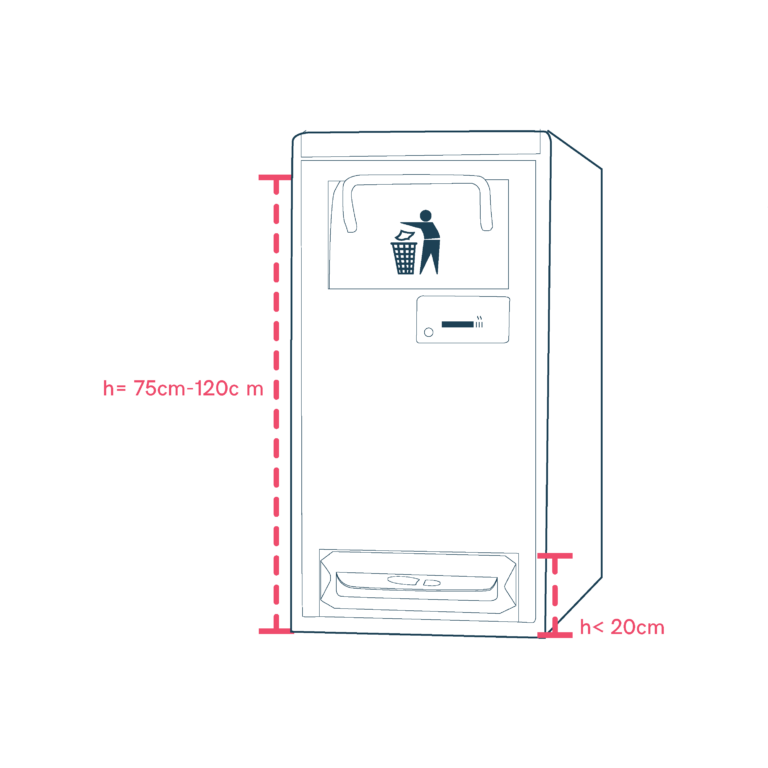
Design and Placement of Waste Bins and Containers
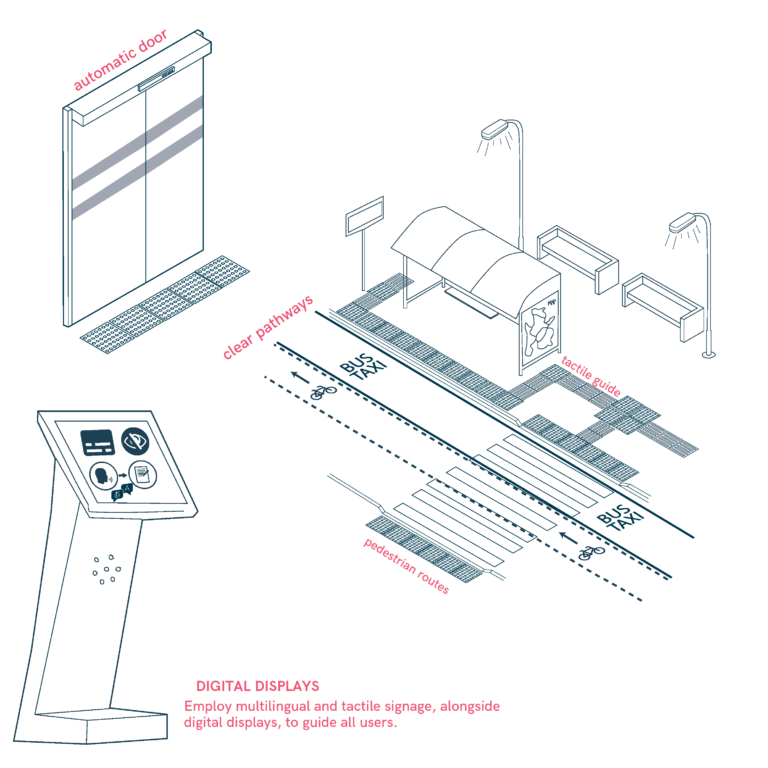
Design for Everyone’s Journey

Designing areas that support interaction
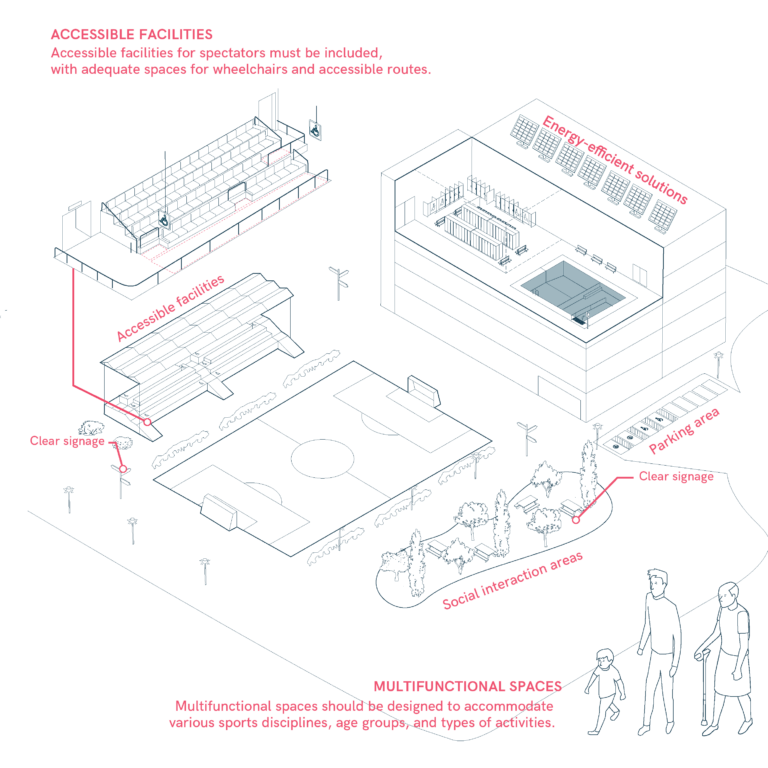
Designing Inclusive Sports Areas
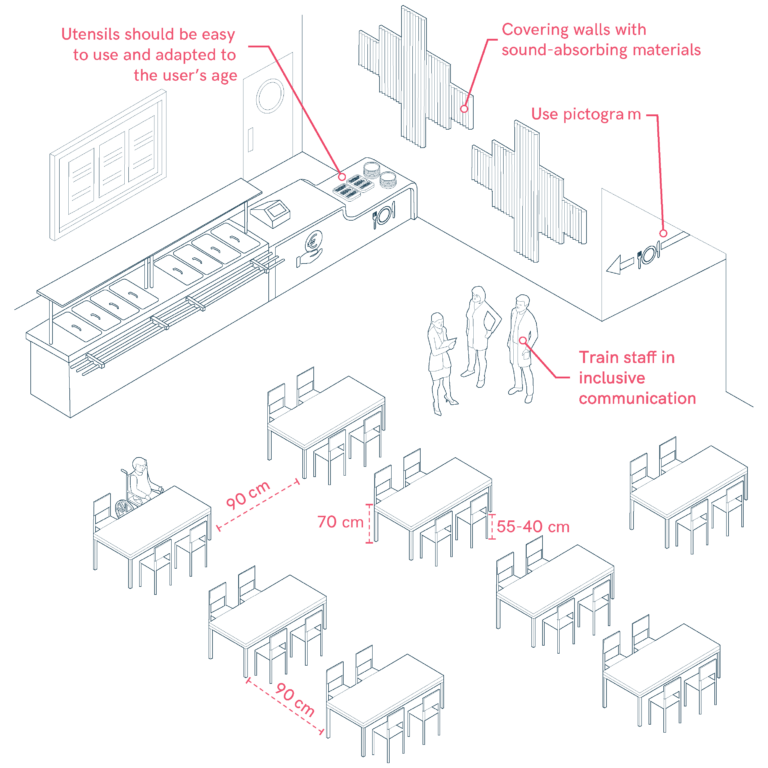
Dining Room in Schools

Diverse furniture and Market Stalls
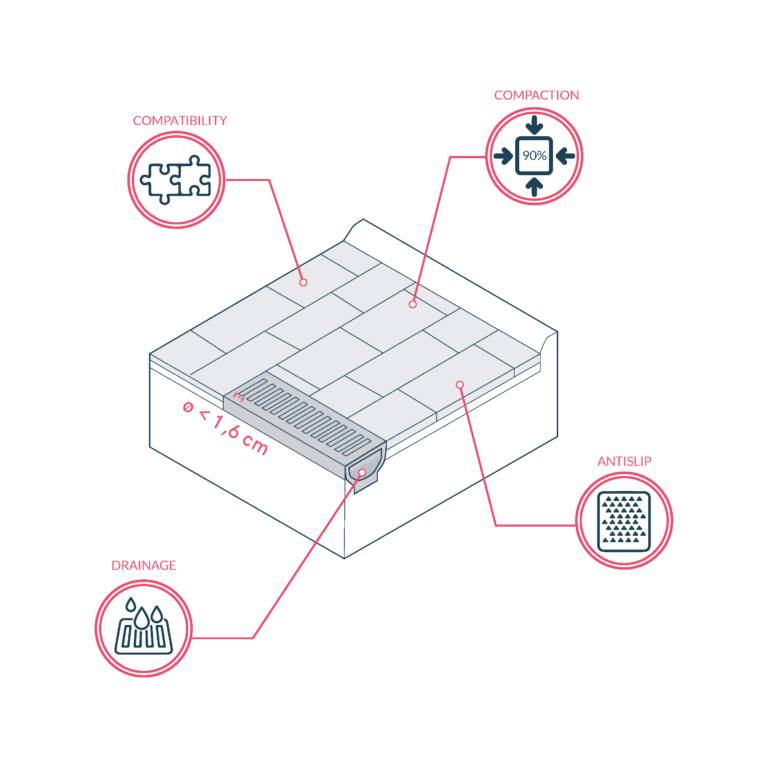
Durable Pavements
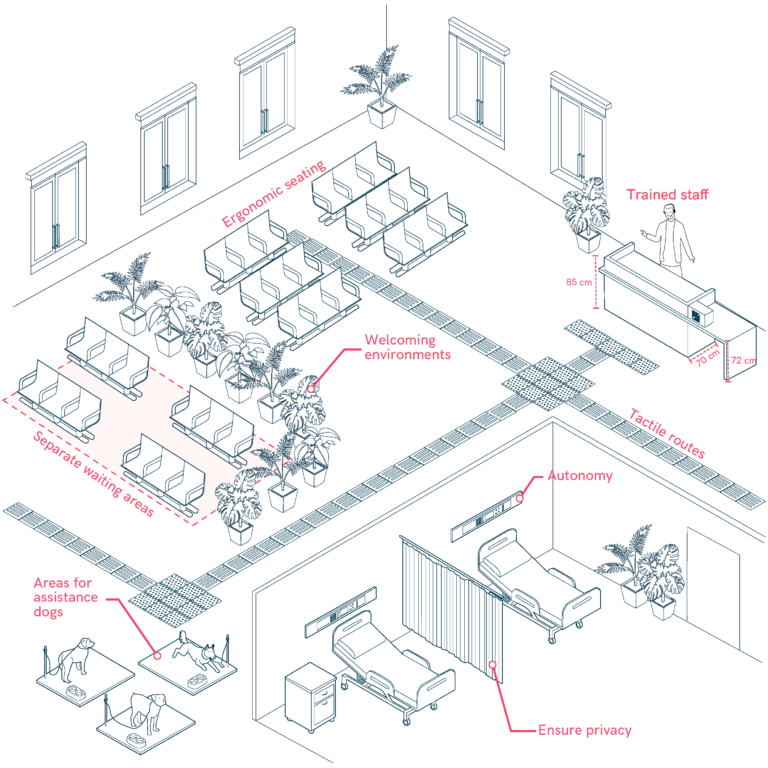
Emotional Accessibility
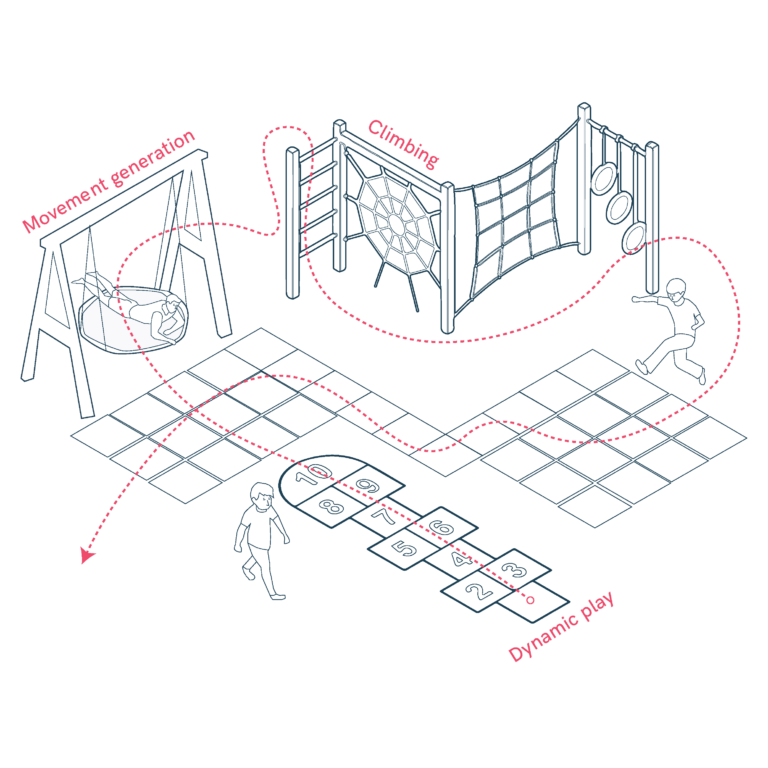
Encourage Mixed-Use Play Areas
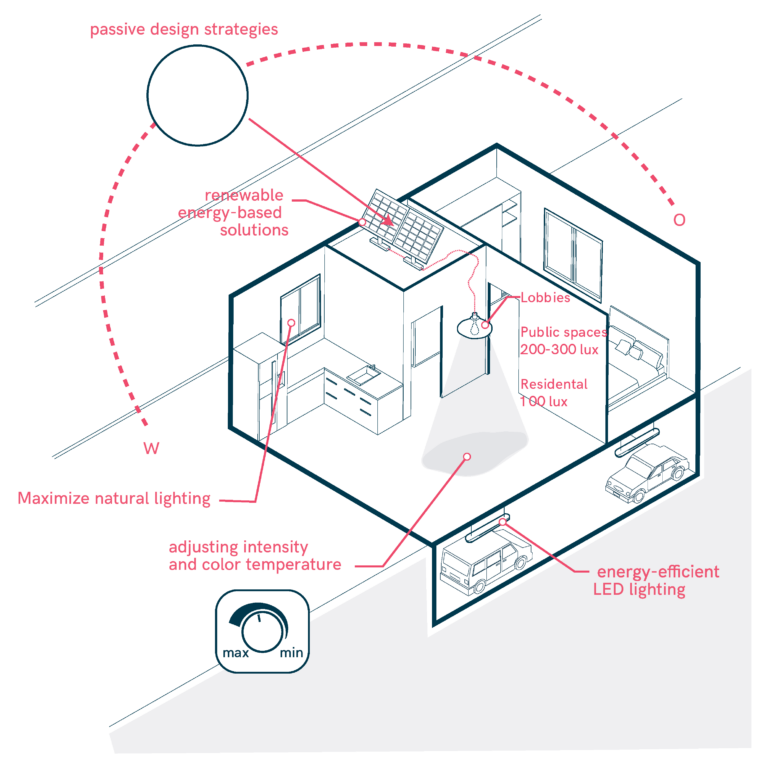
Energy Efficiency
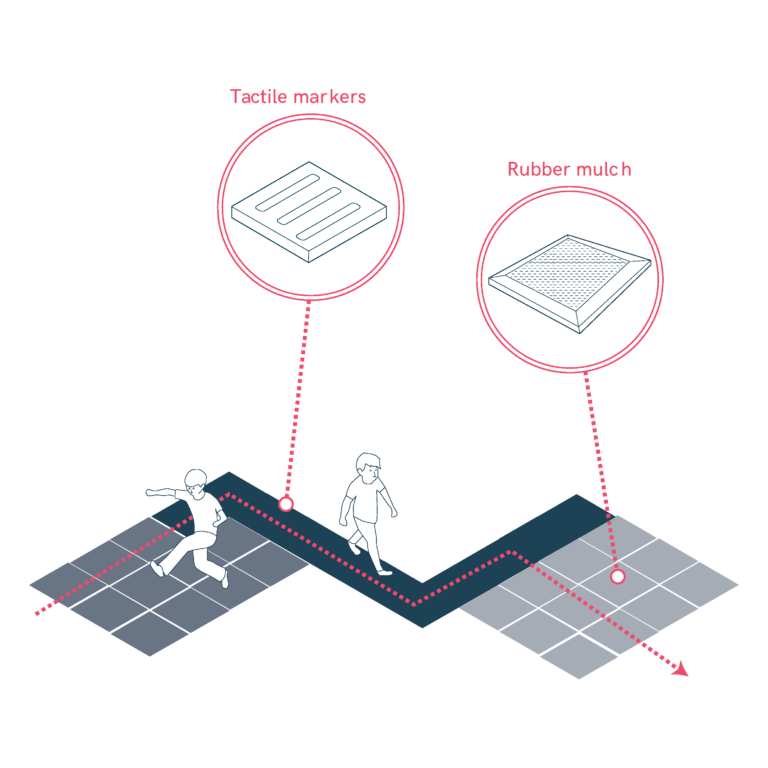
Ensure Accessible Ground Design
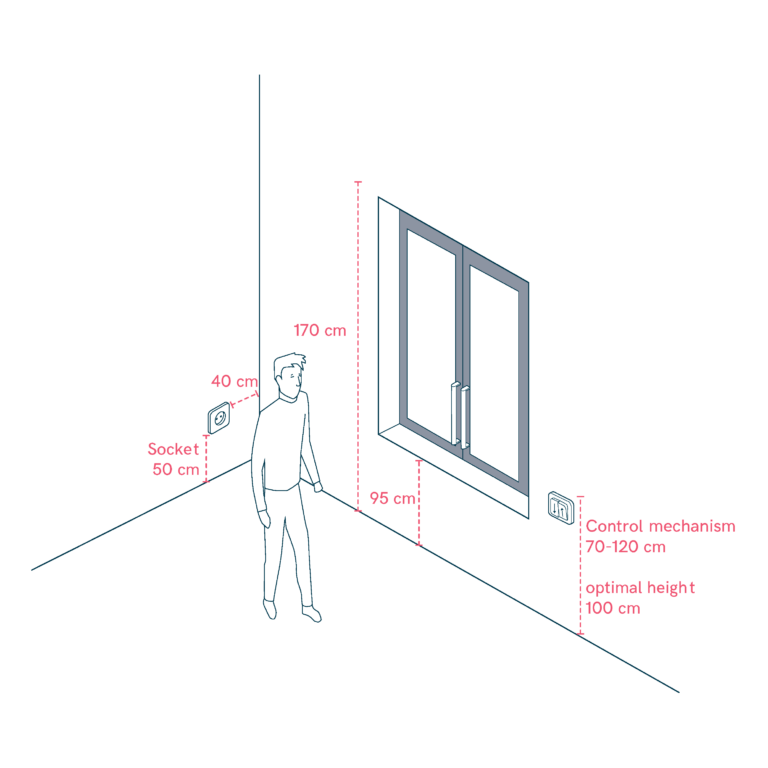
Environmental Control Mechanisms
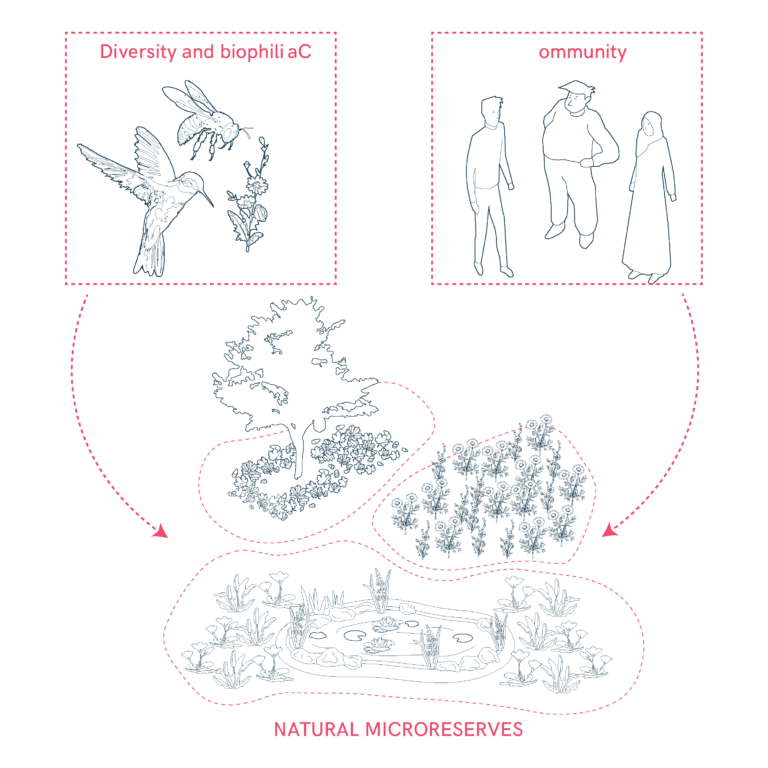
Environmental Education and Biodiversity Preservation
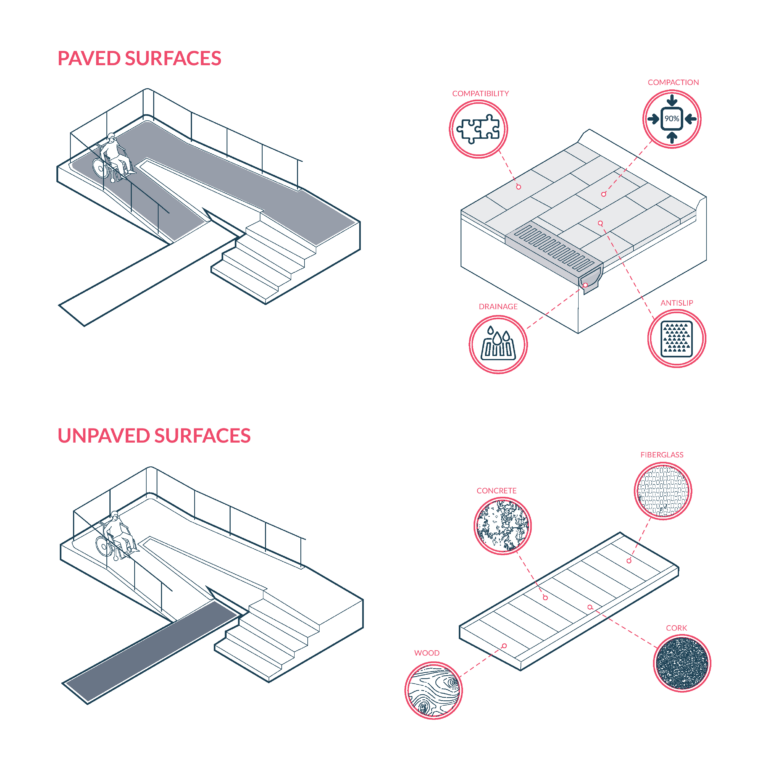
Equip Accessible Points with Essential Amenities
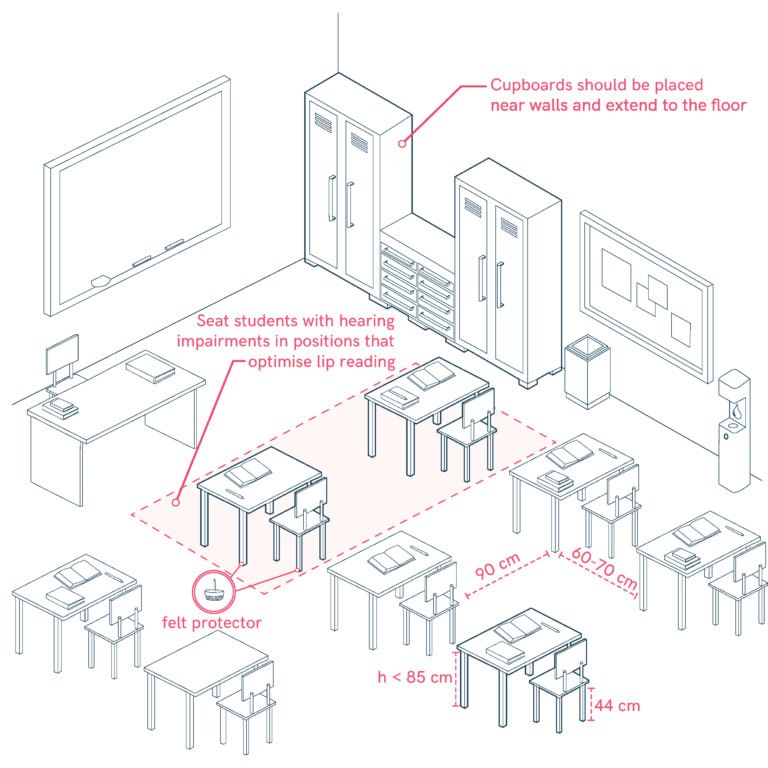
Ergonomic Furniture for classrooms
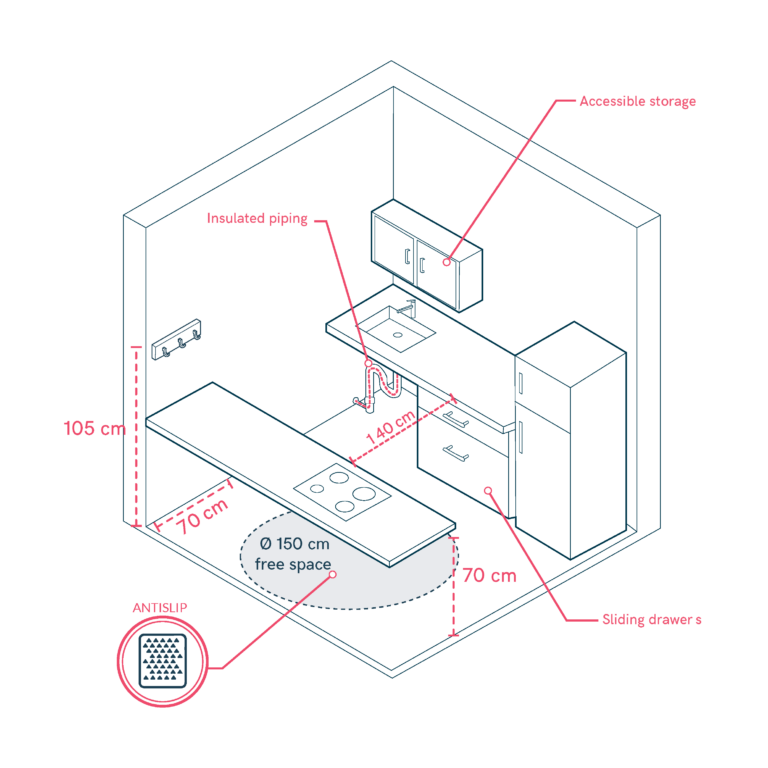
Ergonomic Kitchen
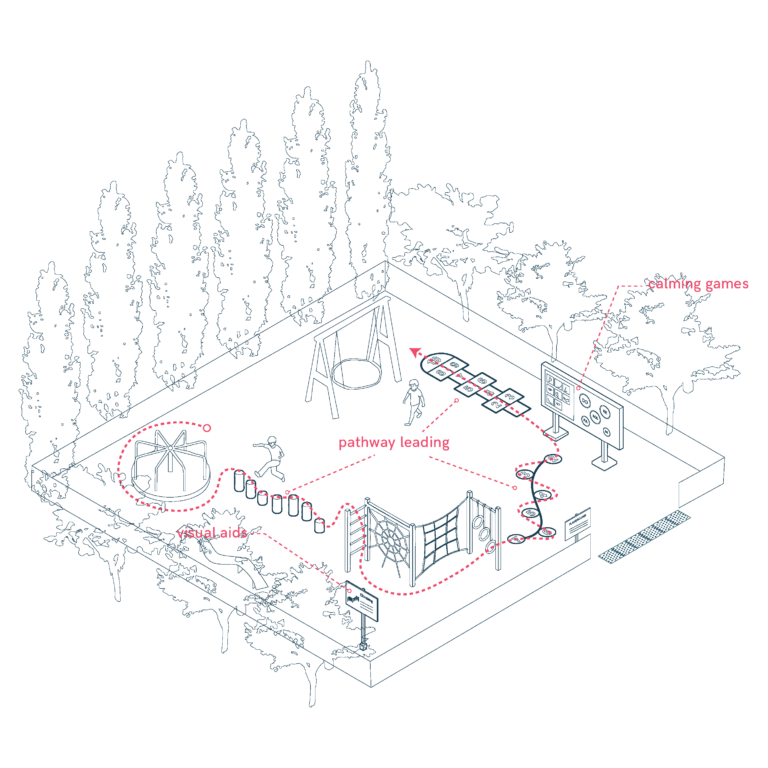
Facilitate Transitions and Waiting Times
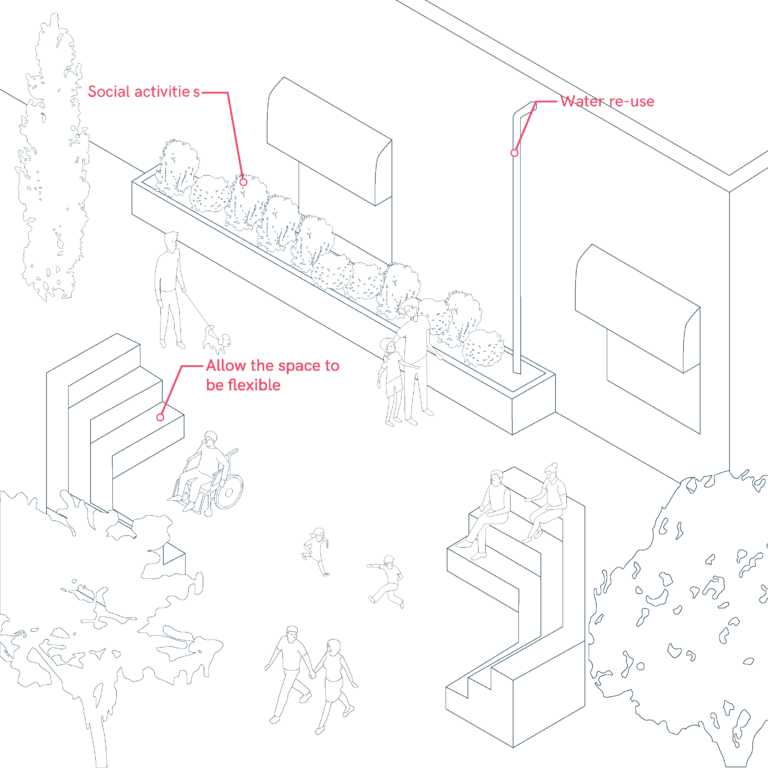
Flexible Use and Community Engagement
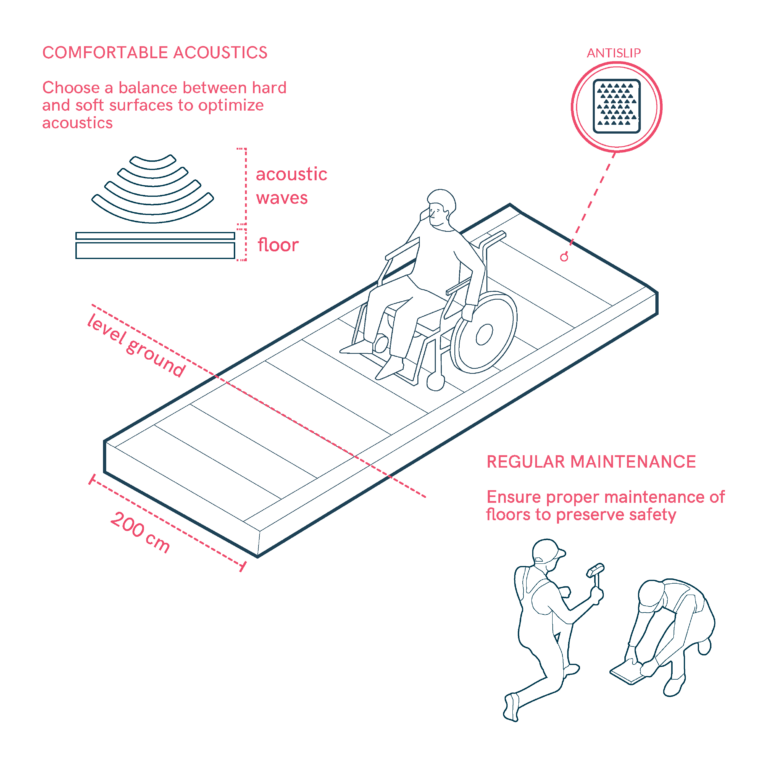
Floor Finishes

Foster Sensory Play Opportunities
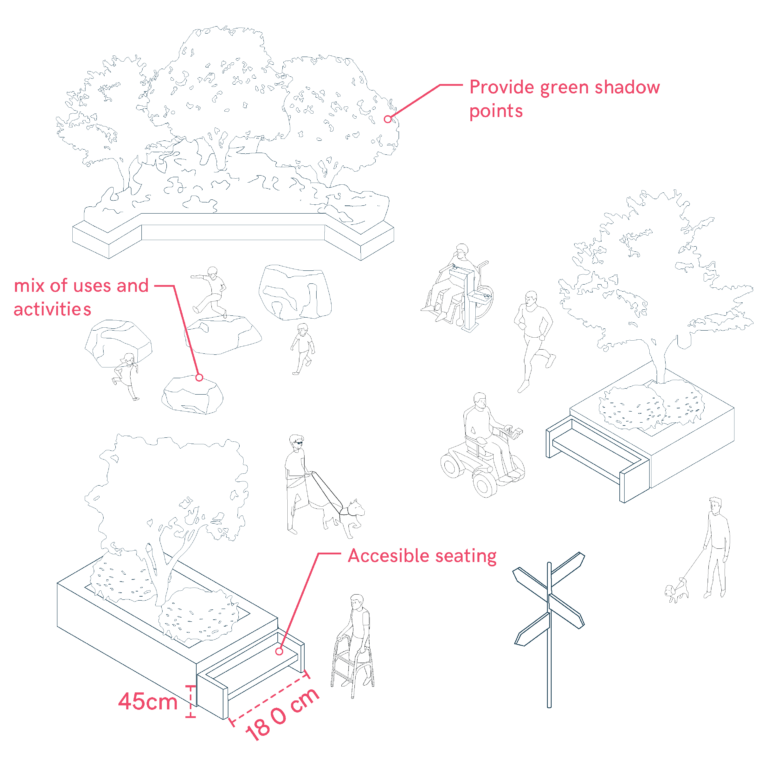
Foster Vitality and Social Interaction
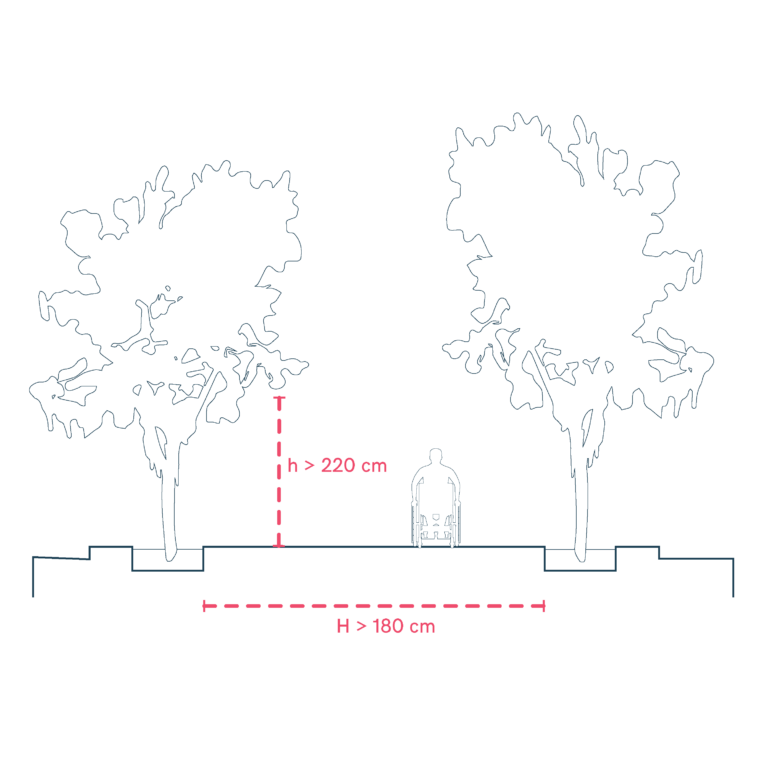
General Conditions for Urban Furniture
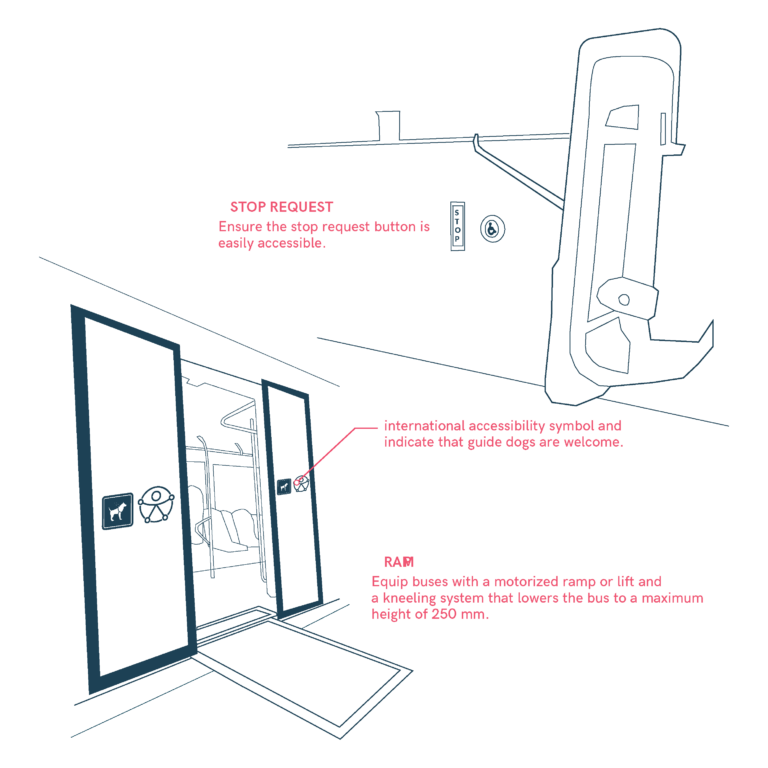
Getting On and Off the Bus
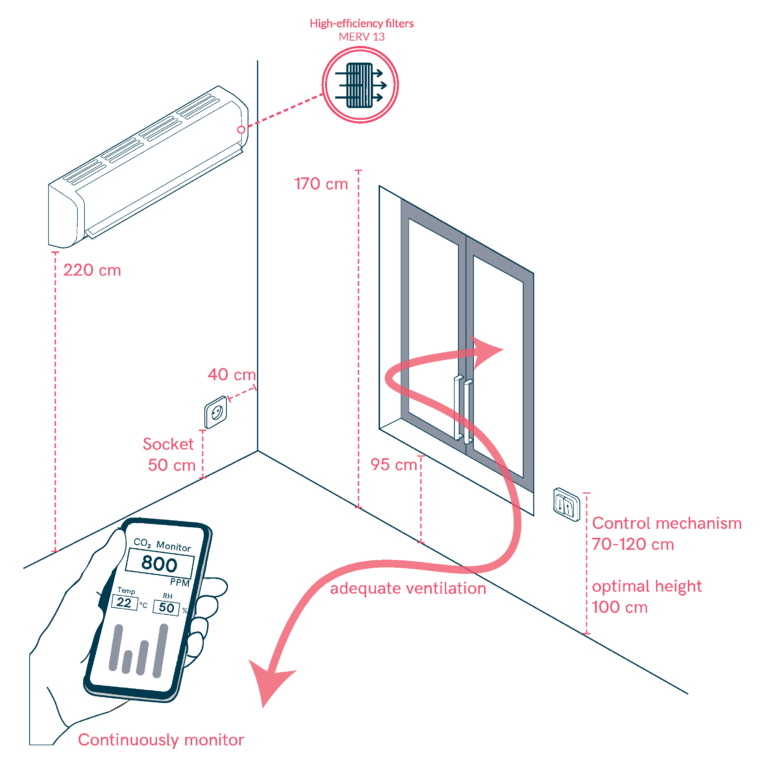
Healthy Indoor Air
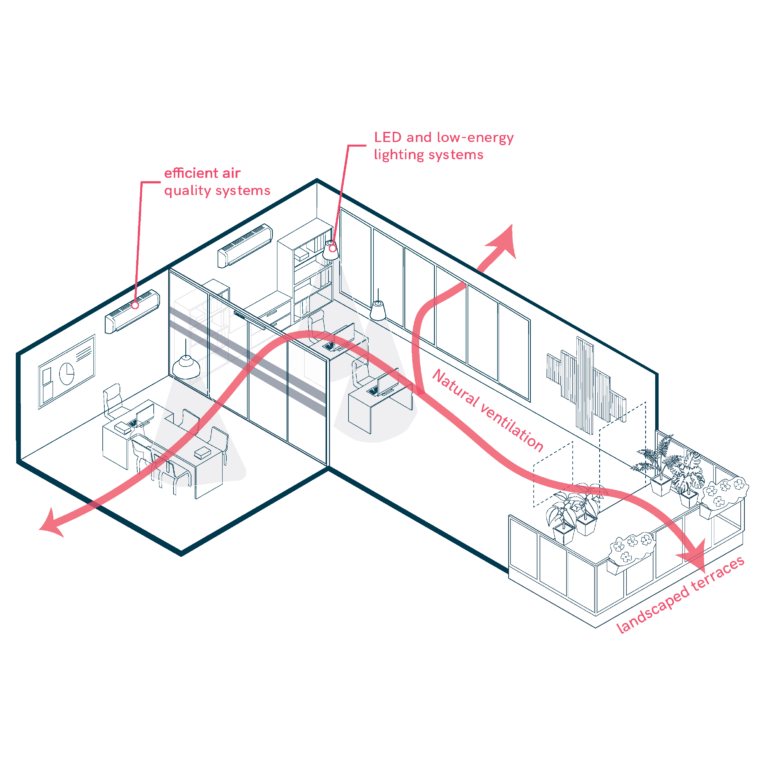
Healthy Work Spaces
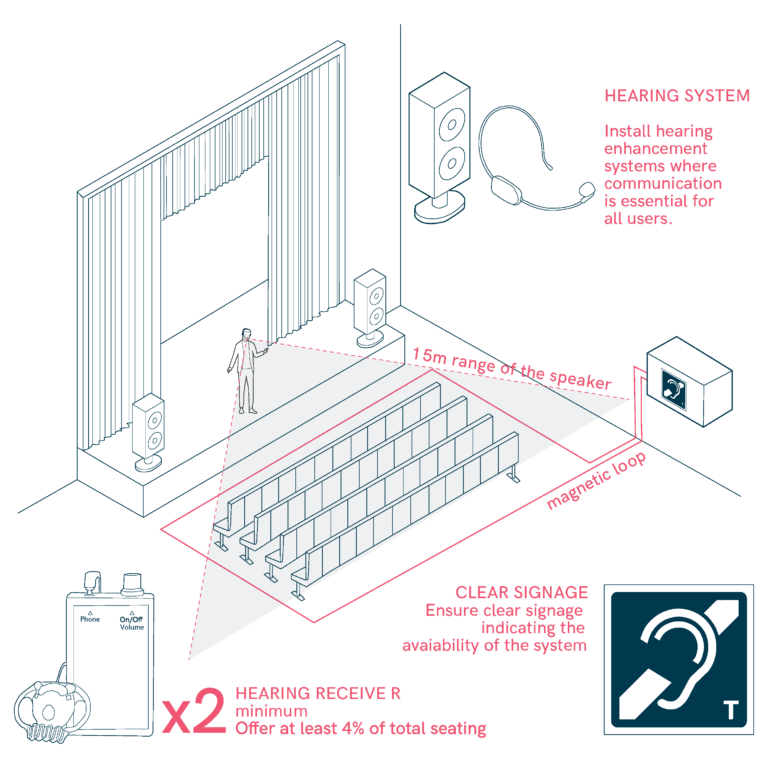
Hearing Enhancement Systems
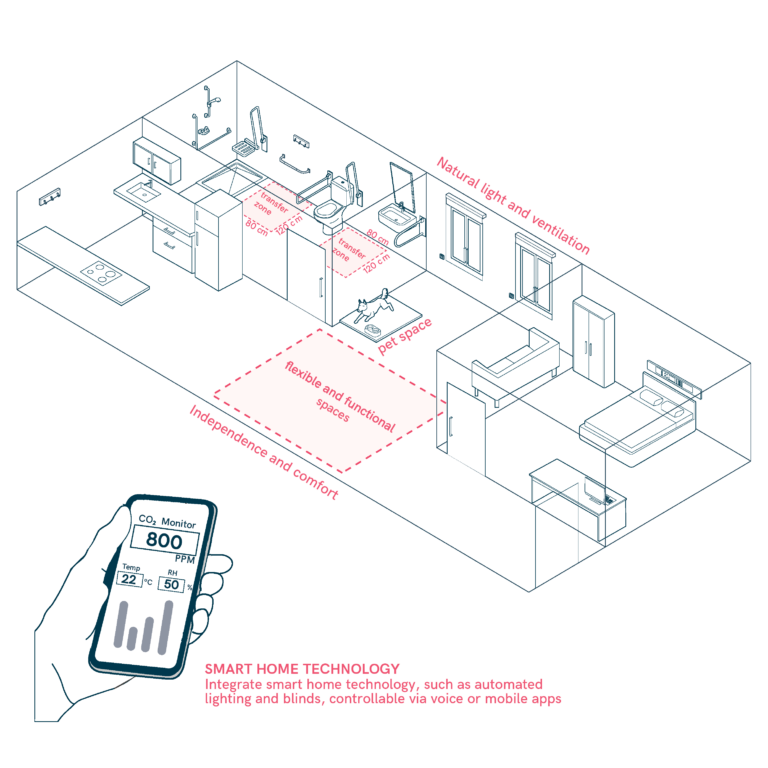
Home

Humanised Patient Rooms
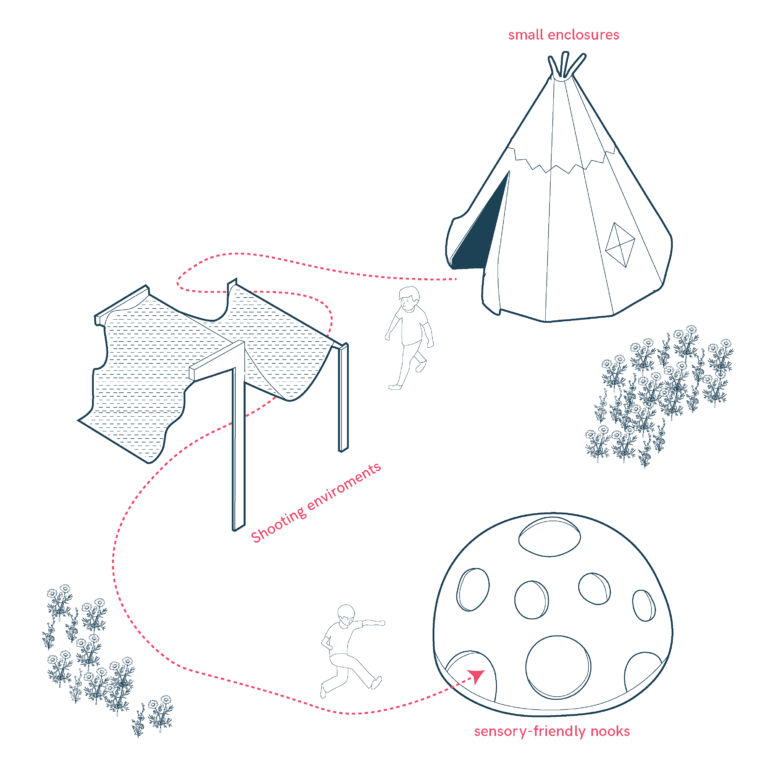
Include Calm/Haven Spaces
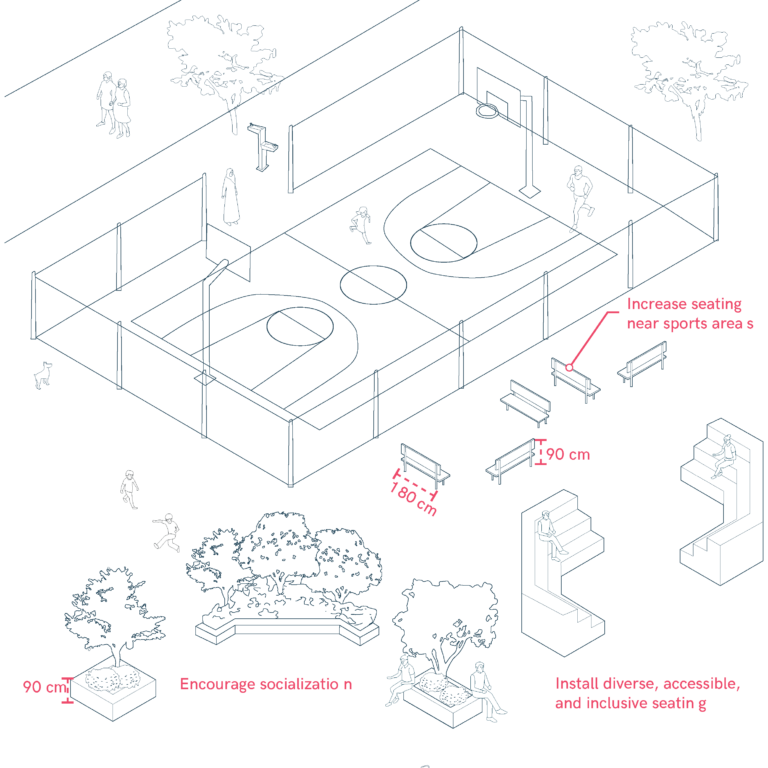
Inclusive and Comfortable Seating

Inclusive Beach Access for All
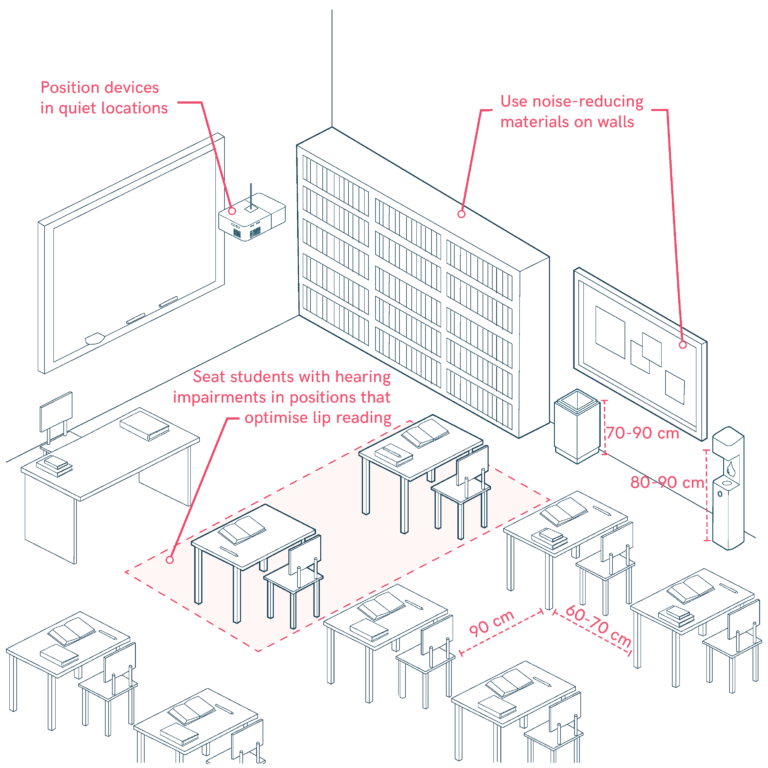
Inclusive Classroom Design

Inclusive Mobility for People with Disabilities
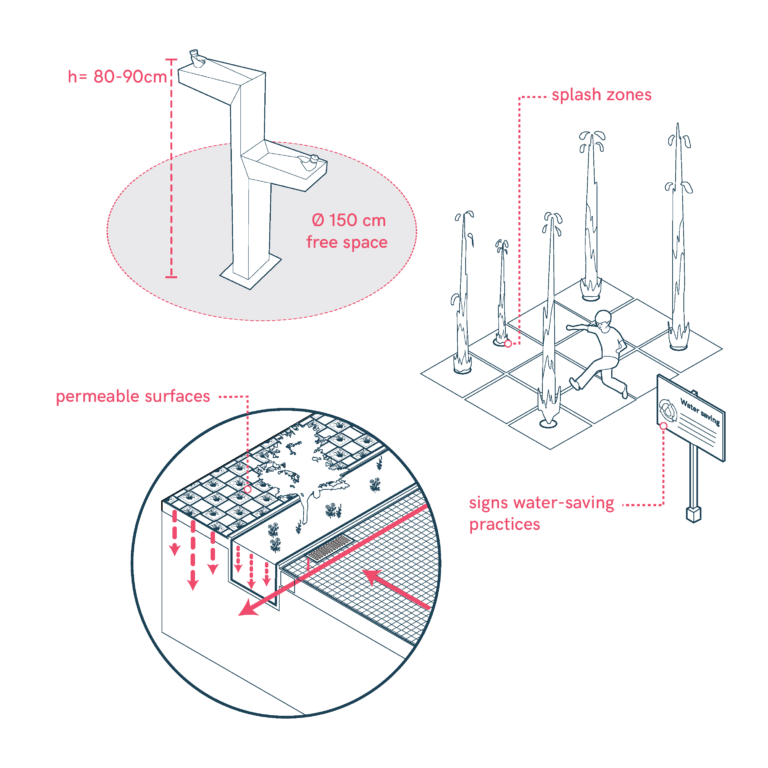
Incorporate Fountains and Water Features
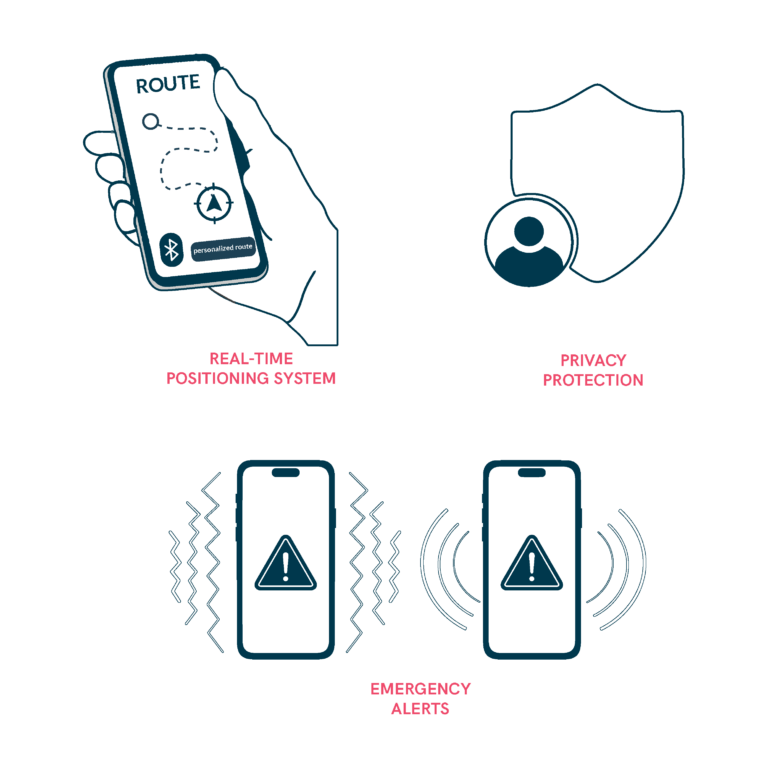
Indoor Assistive Technologies
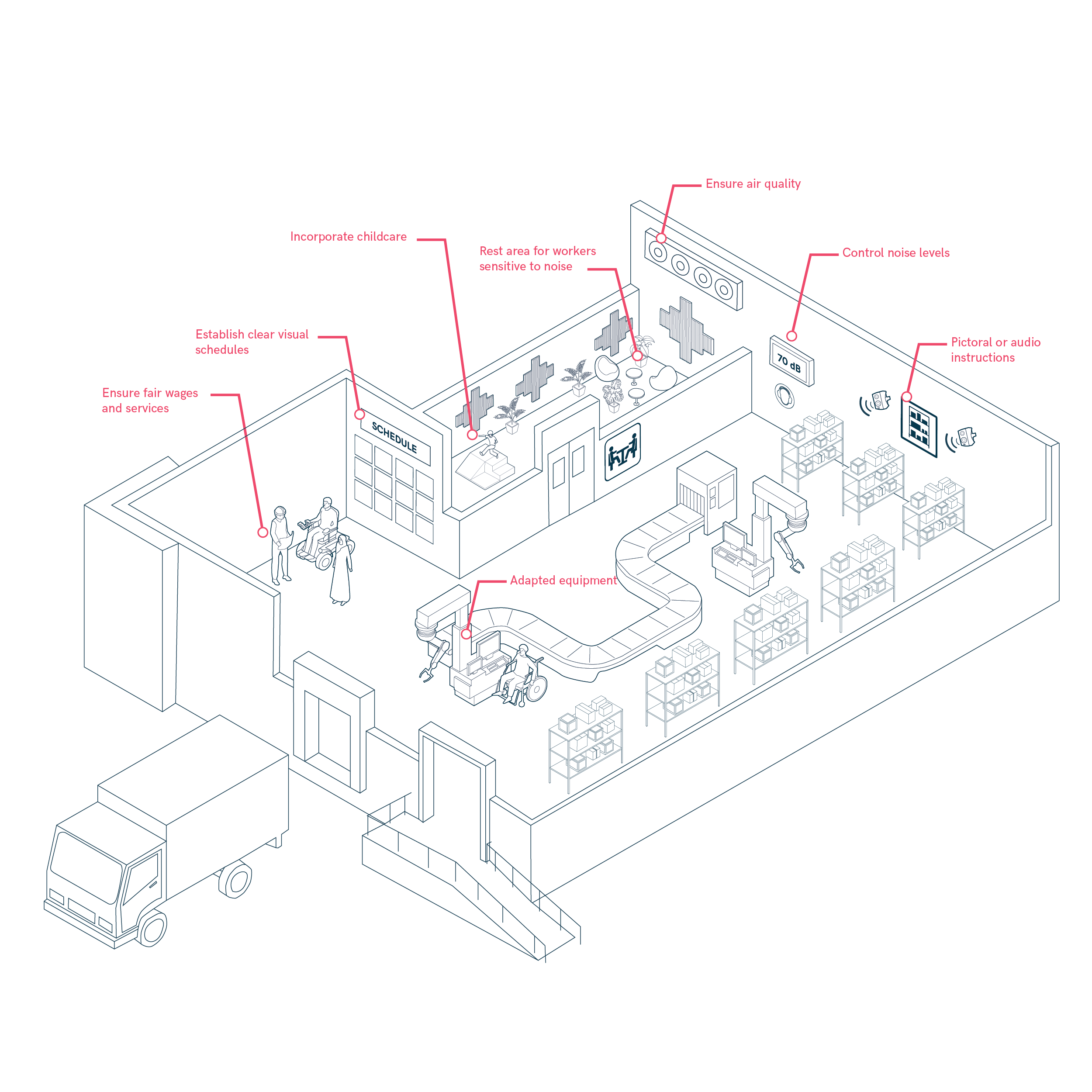
Industrial spaces

Information Systems in Metro and Trams
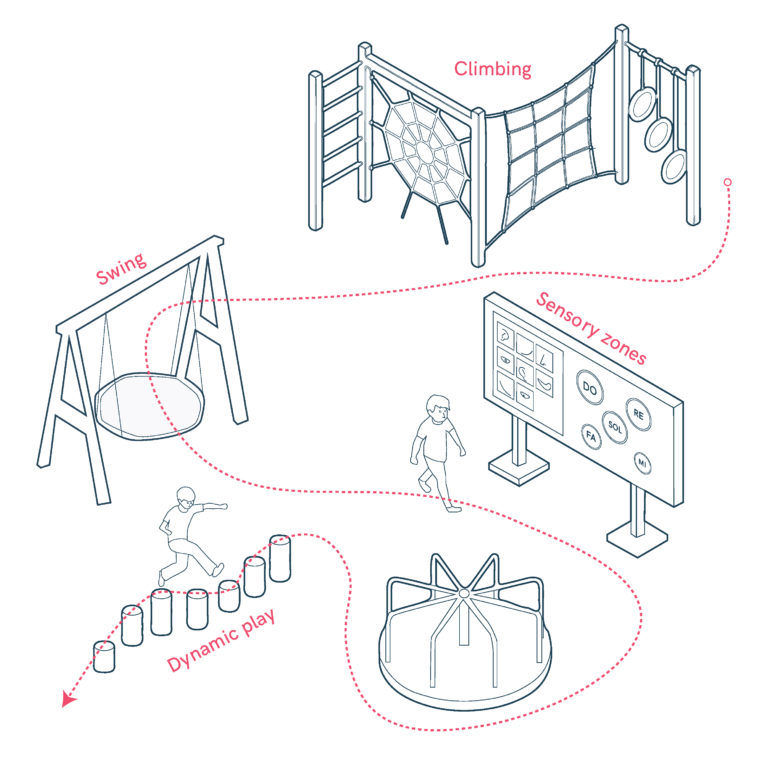
Install Diverse and Inclusive Play Equipment
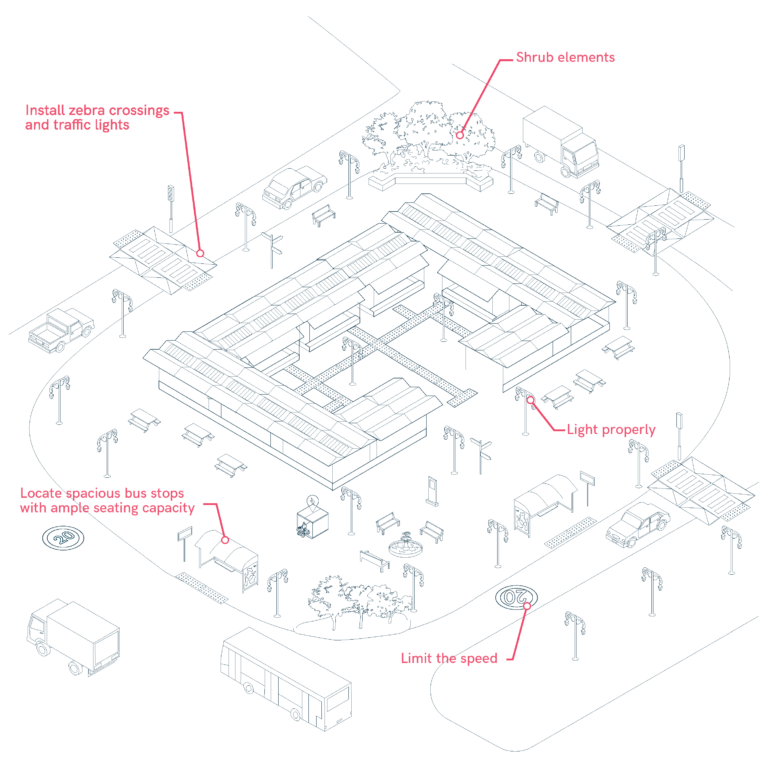
Intensify neighborhood circulation near markets

Interdisciplinary and Collaborative Urban Design
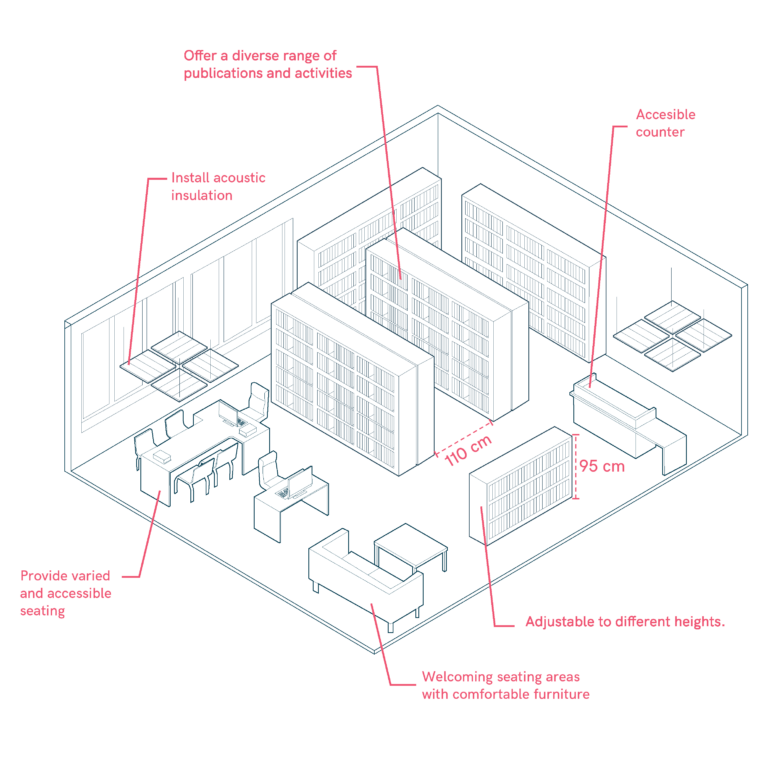
Libraries

Lighting and Visibility Enhancements
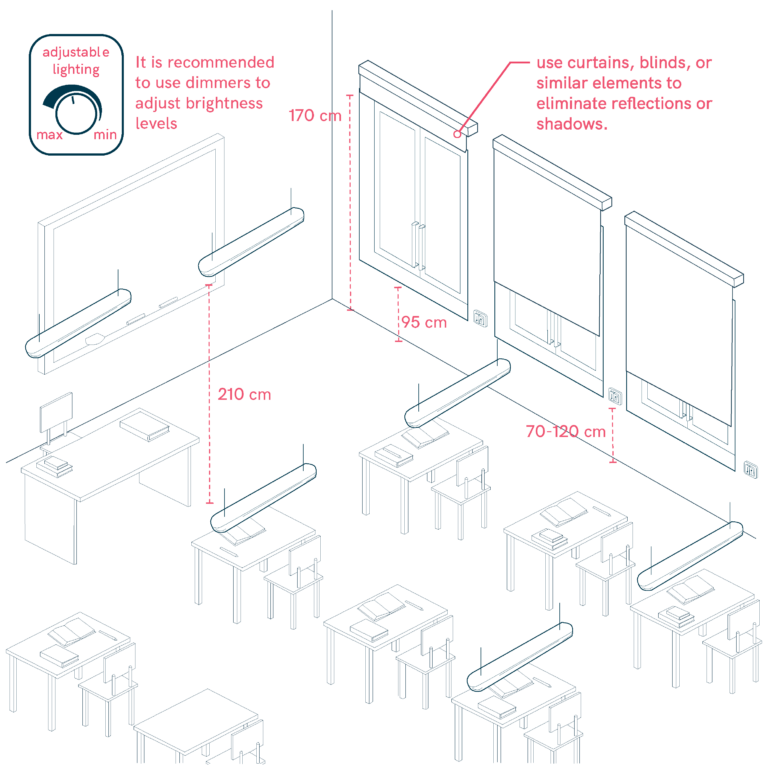
Lighting Considerations in Educative Centers
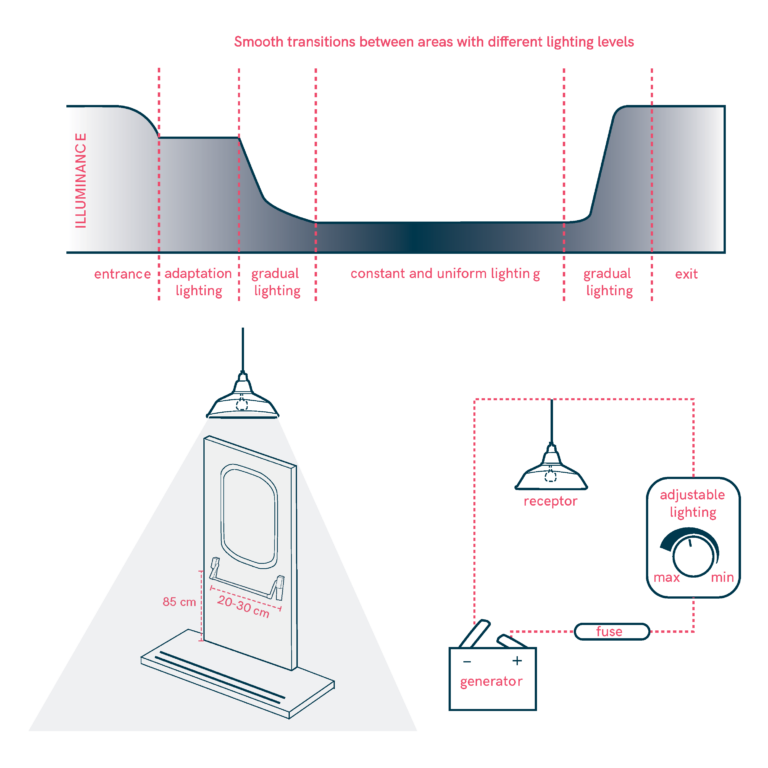
Lighting Design

Medical Consultations
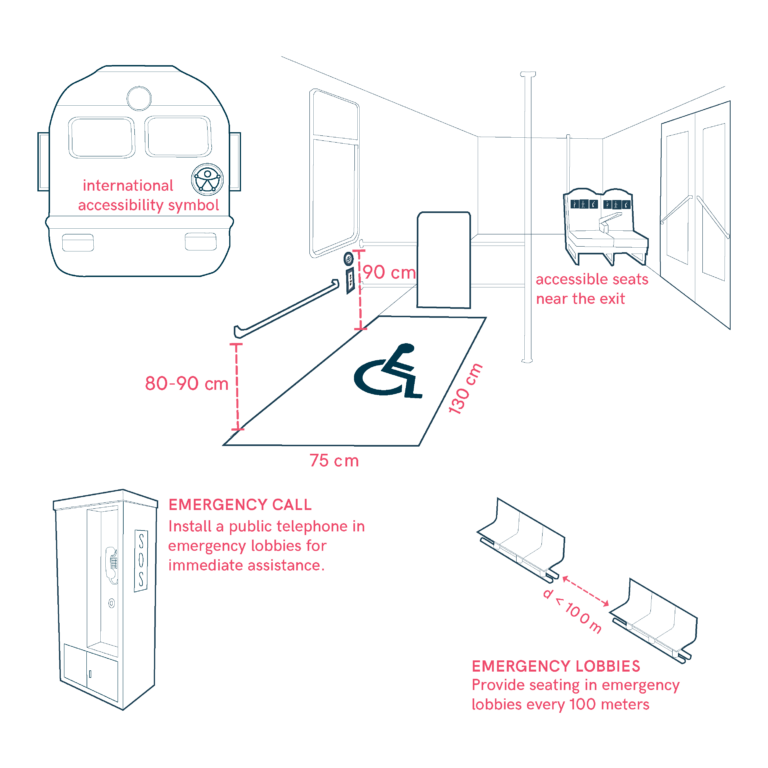
Metro and Tram Interior

Minimum Lux Levels
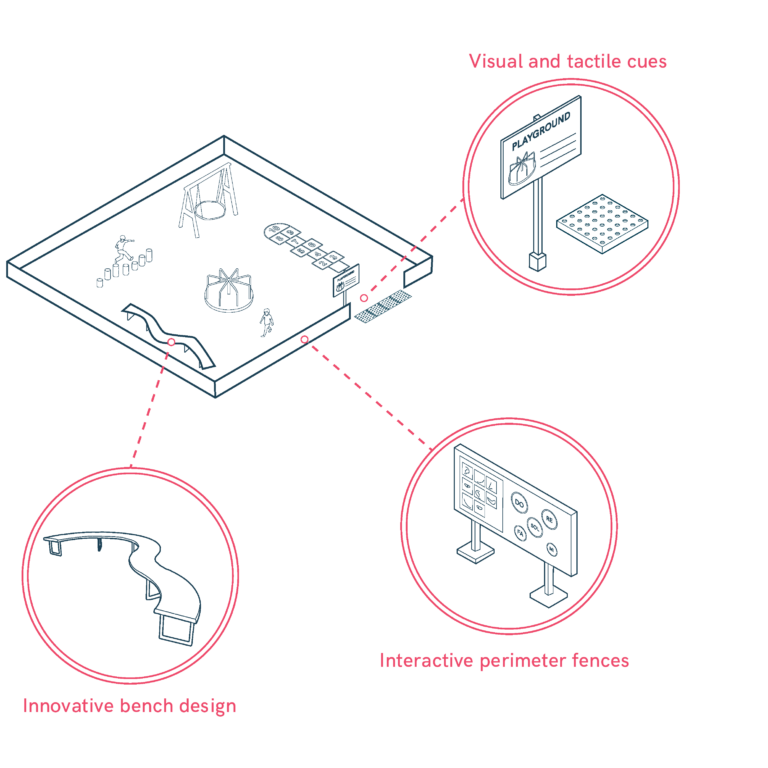
Mitigate Spontaneous Escapes
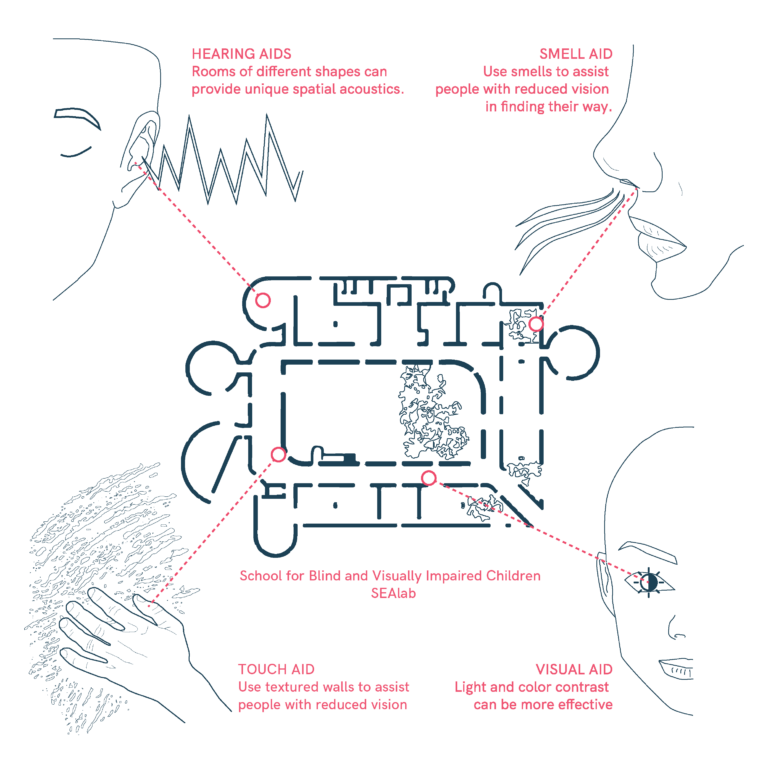
Multisensory Navigation and Spatial Orientation
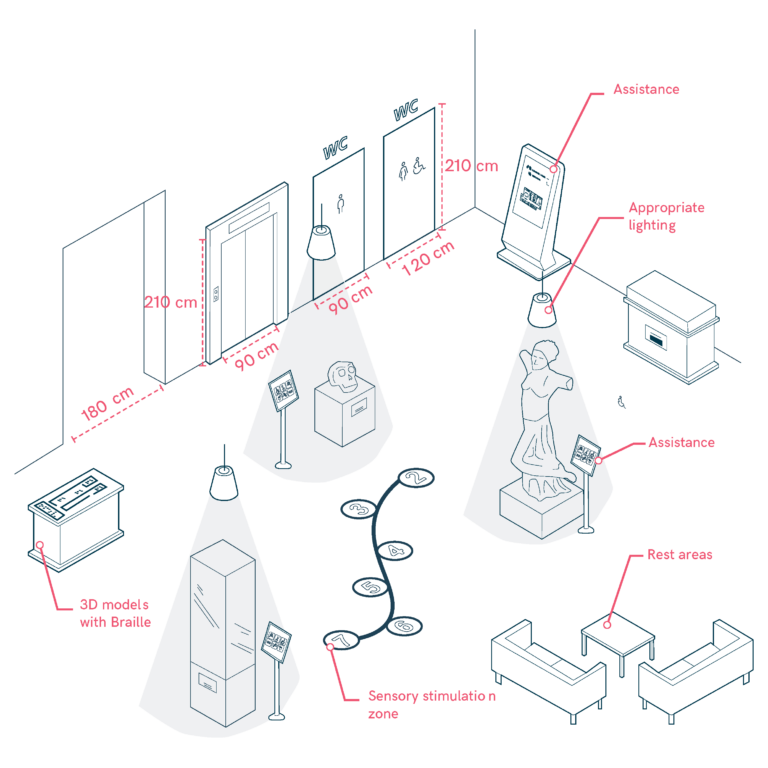
Museums and Heritage Sites
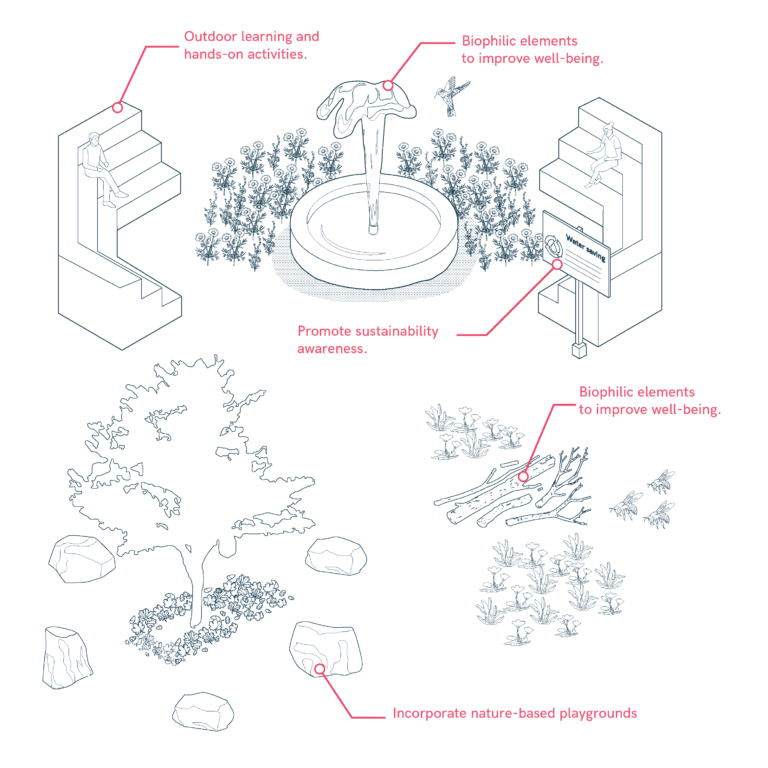
Natural Elements and Outdoor Learning
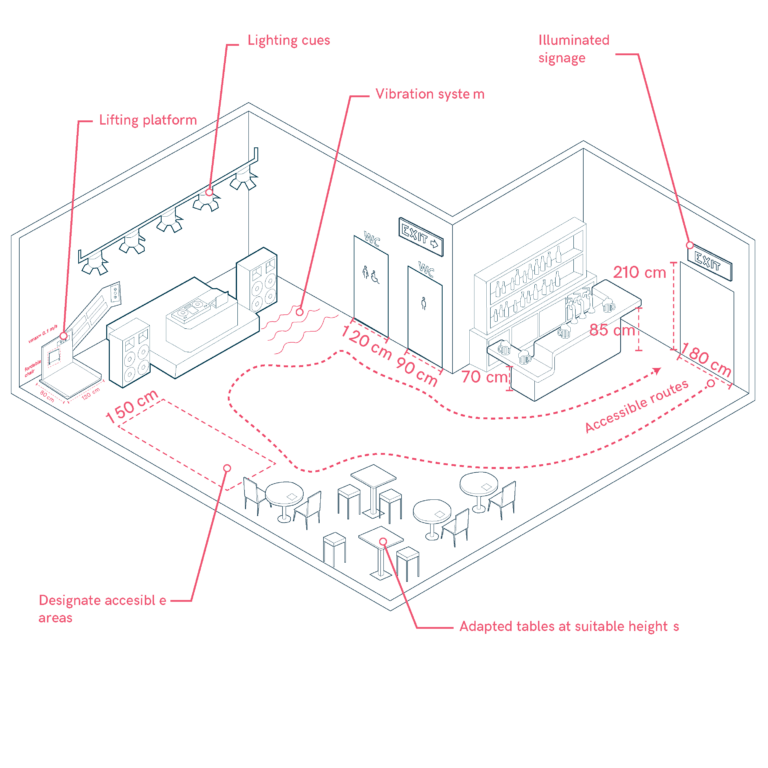
Nightclubs and Dance Venues

Office Comfort
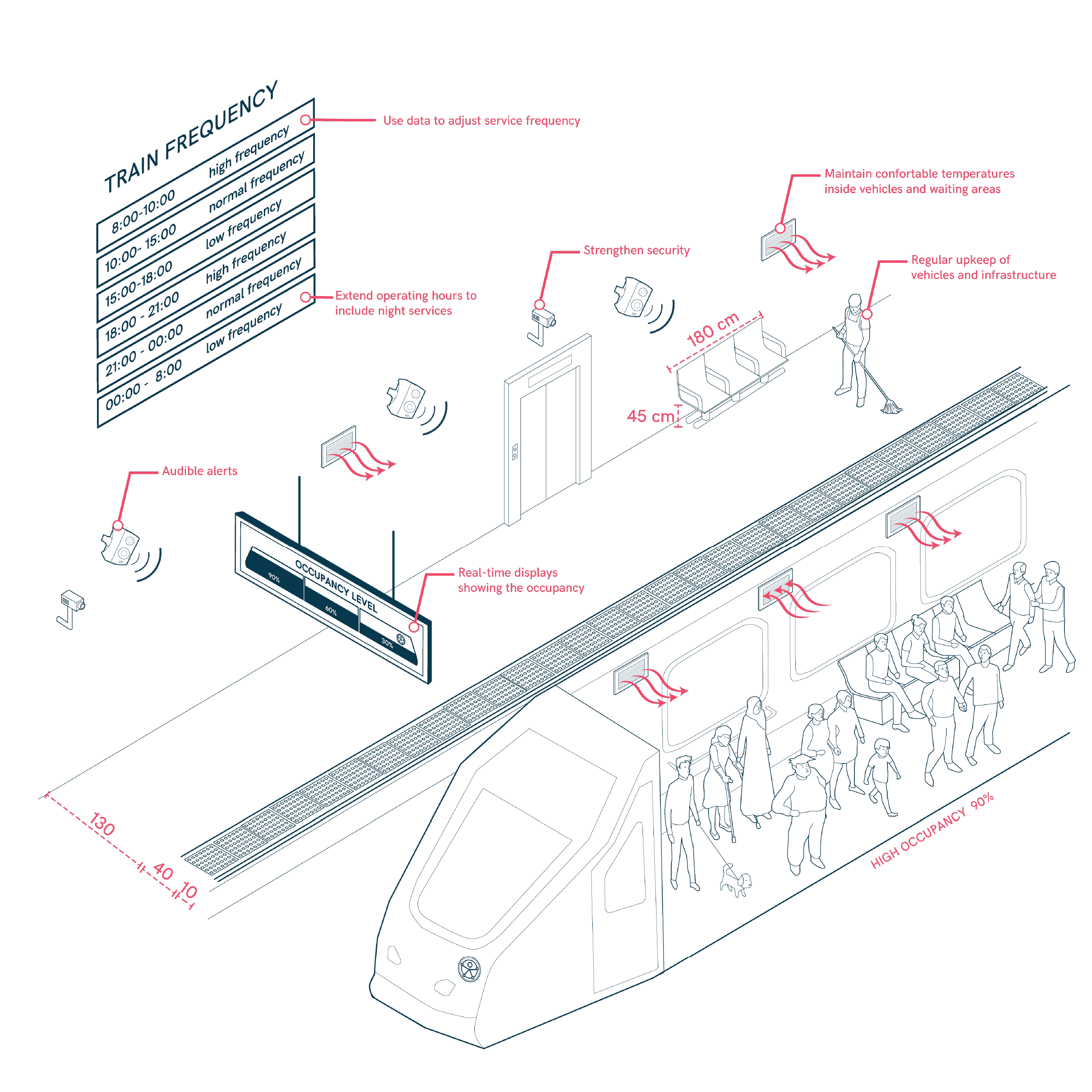
Optimizing Public Transport for Comfort and Well-being
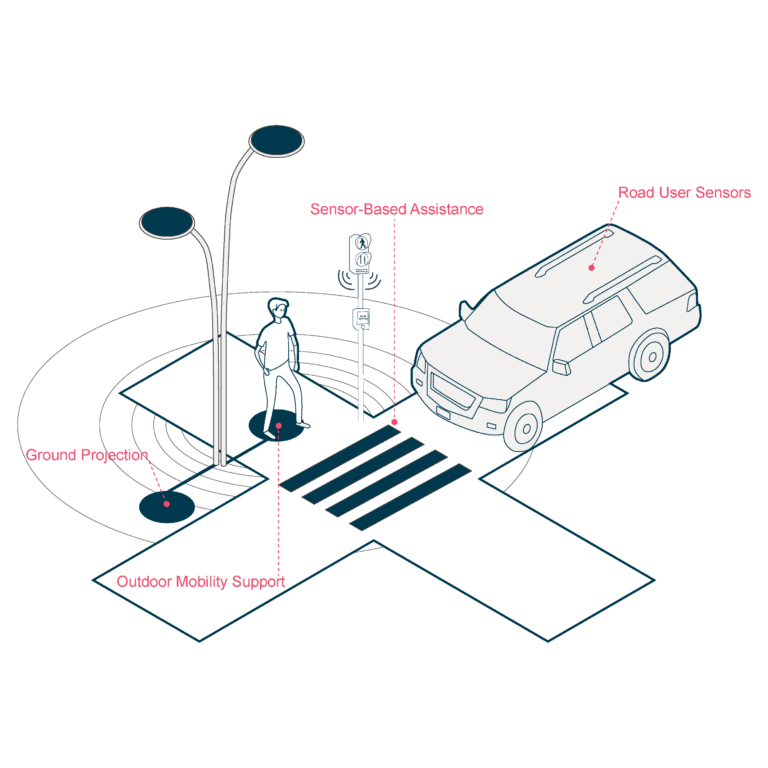
Outdoor Assistive Technologies
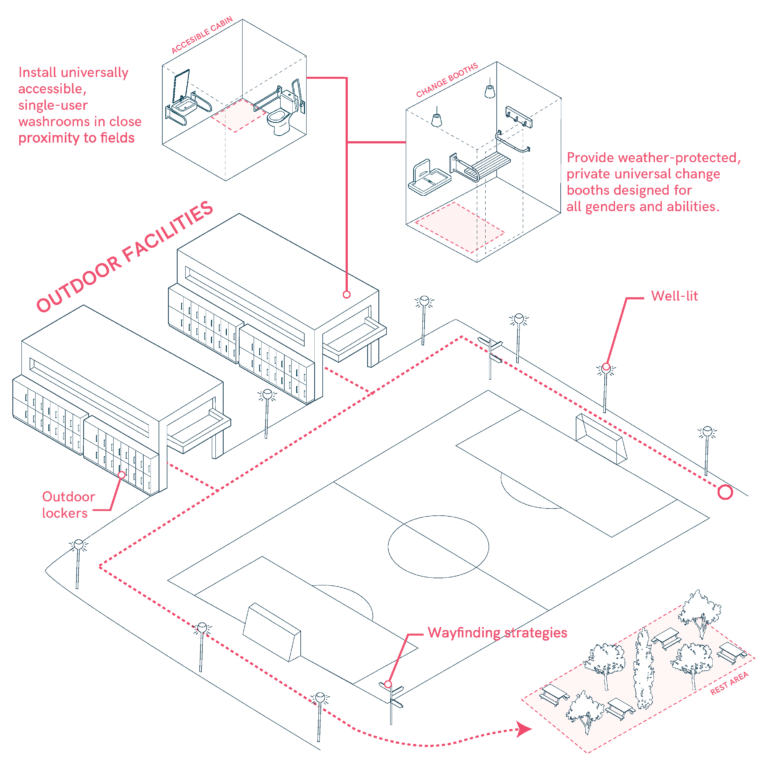
Outdoor Facilities with Inclusive Design

Parallel Accessible Parking

Parking Lot Design for Promoting Public Transport Use
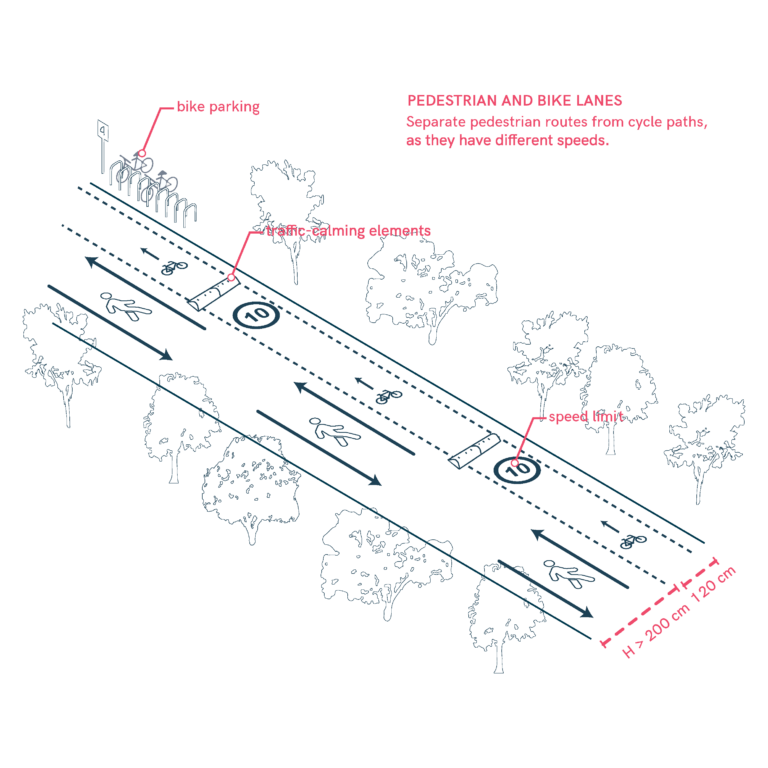
Pedestrian and Bicycle Paths
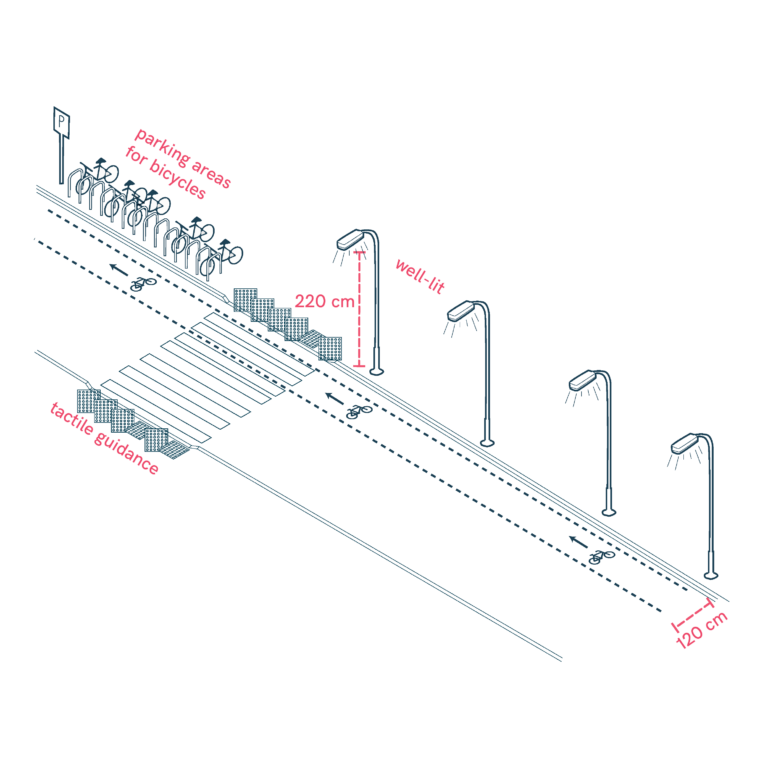
Pedestrian and Mobility-Friendly Spaces

Pedestrian Routes
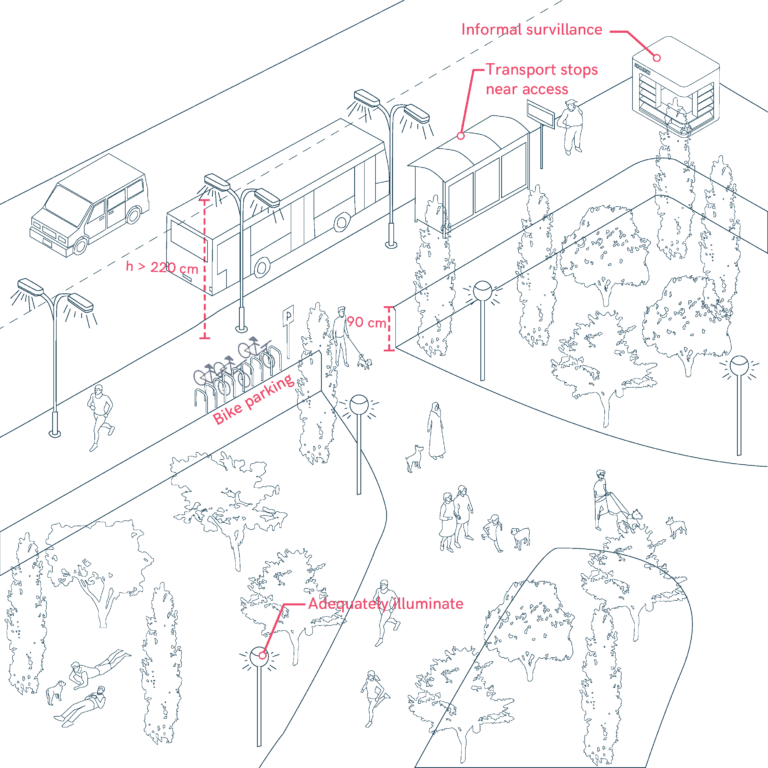
Permeability and Accessibility from Surrounding Areas
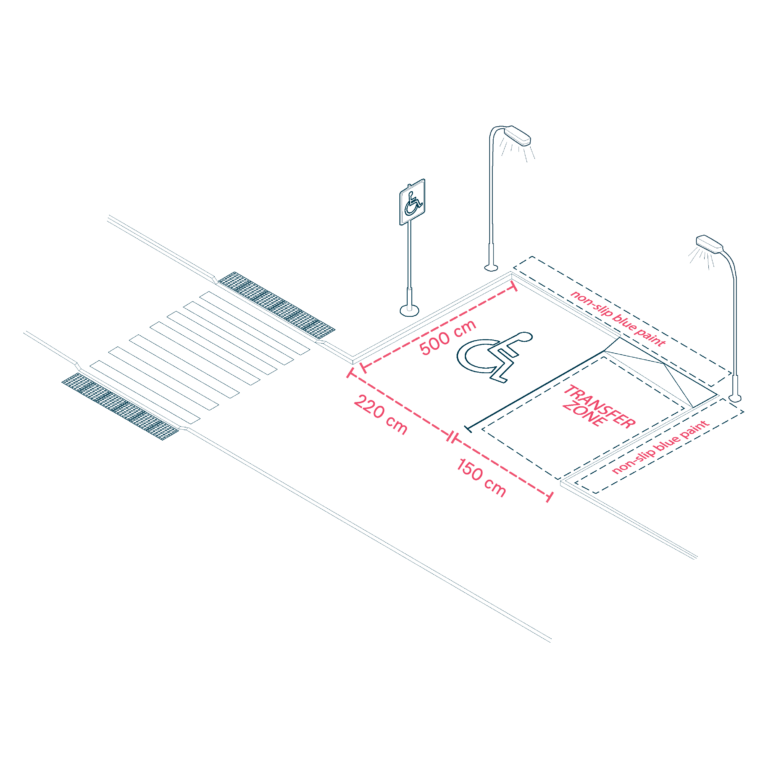
Perpendicular Accessible Parking
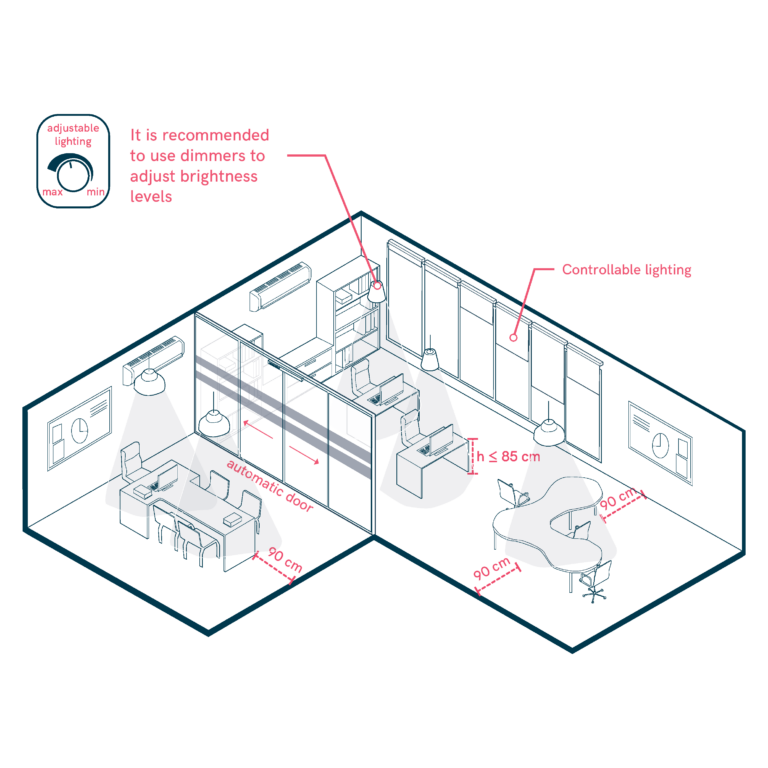
Physical and Sensory Accessibility in Offices

Picnic and Rest Areas

PMV (Personal Mobility Vehicle) Infrastructure and Safety
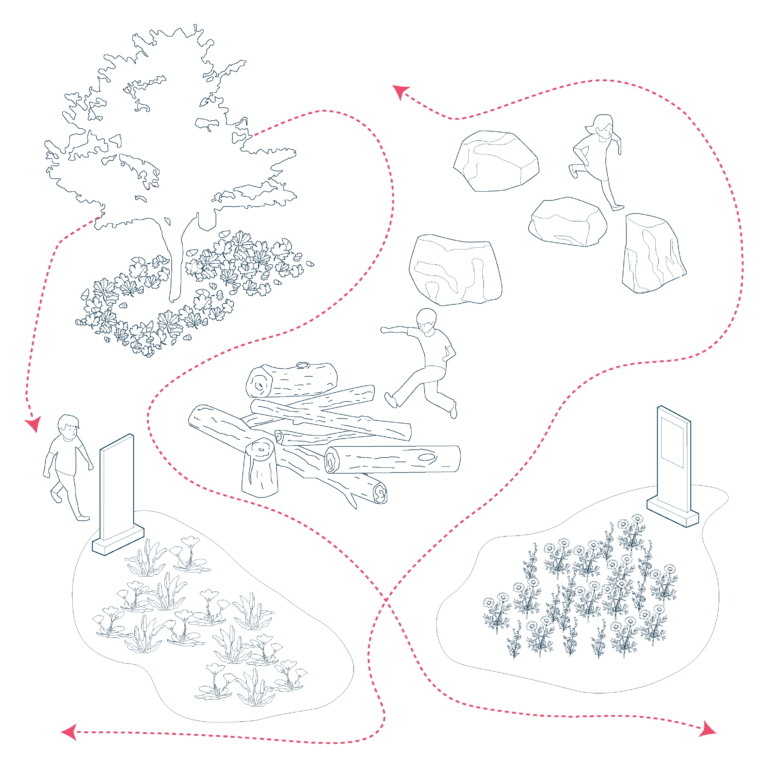
Promote Biophilic and Sustainable Design
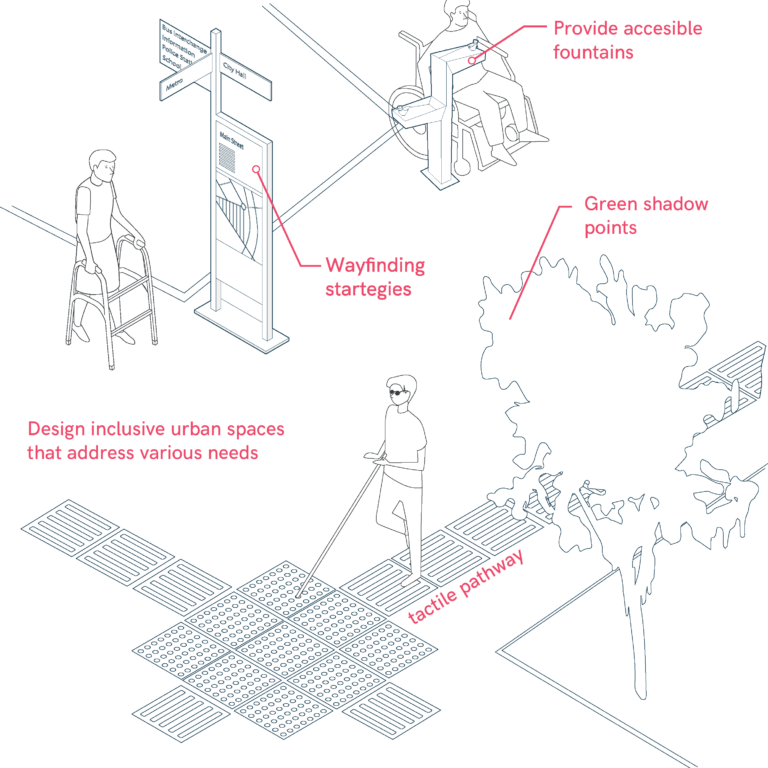
Promote Diversity, Autonomy, and Proximity
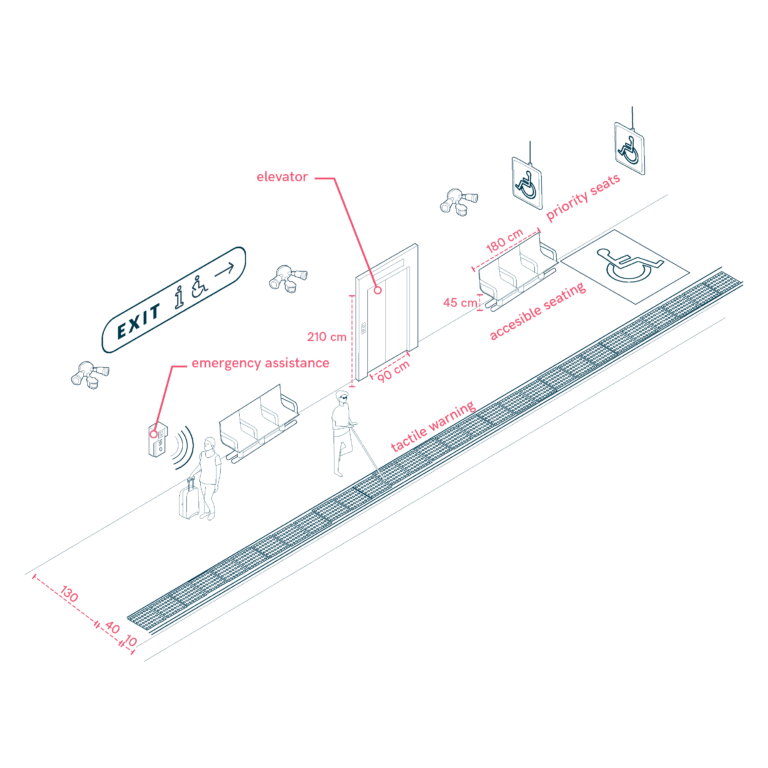
Railway and Metro Infrastructure
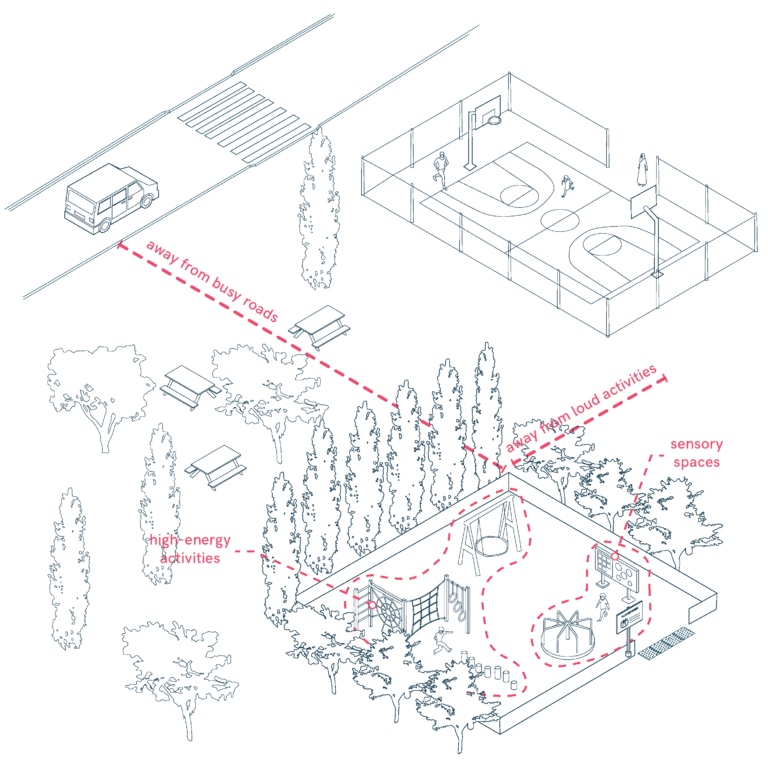
Reduce Stimuli in Overwhelming Environments
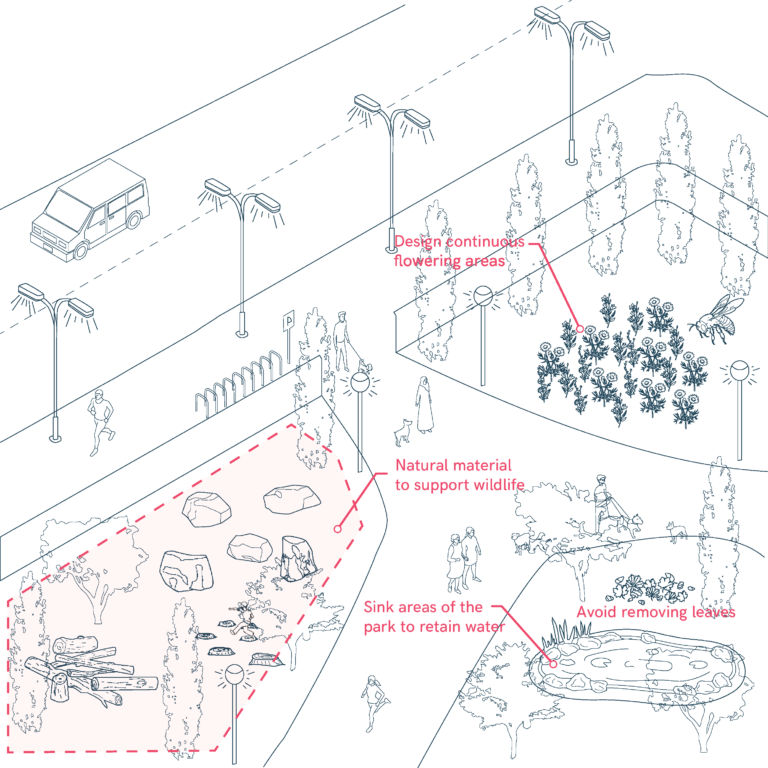
Renaturalization and Habitat Creation
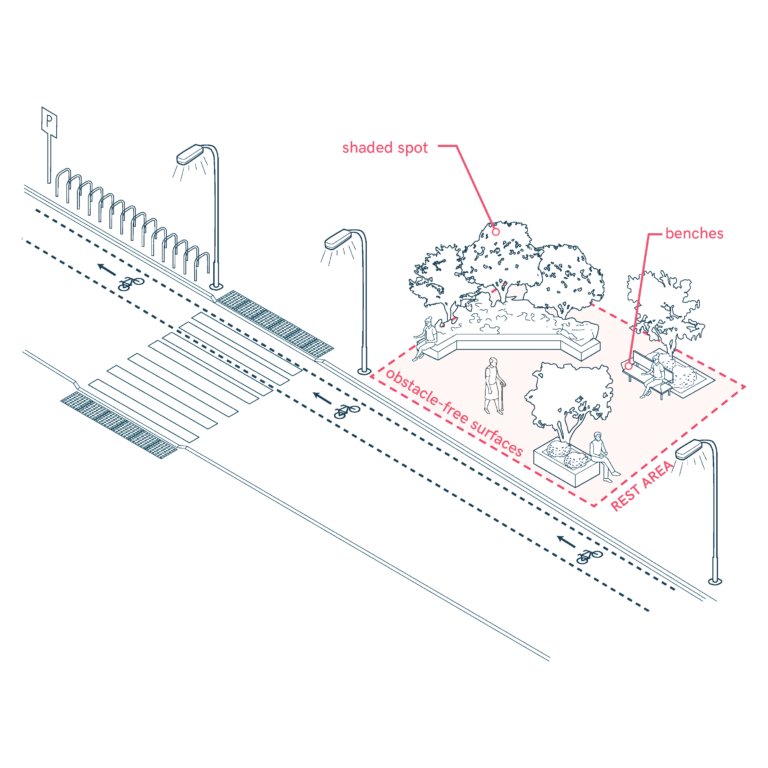
Rest Areas and Support Facilities
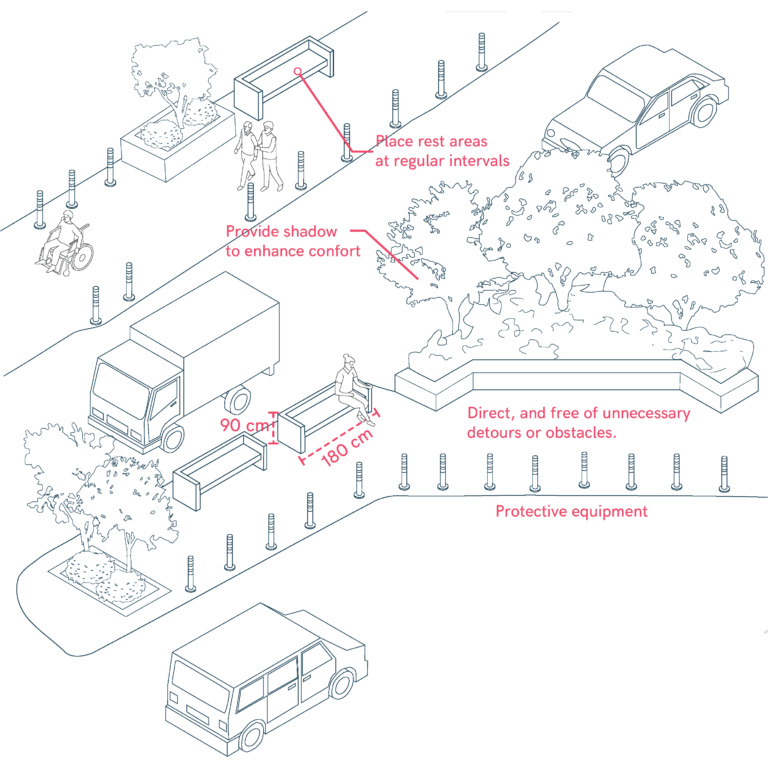
Rest Areas with Clear Access and Comfort
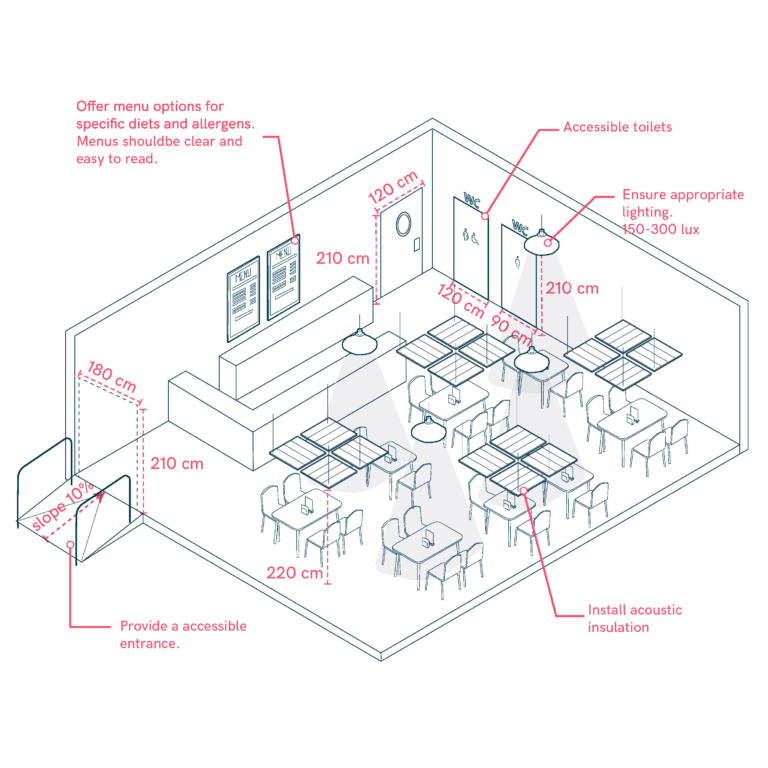
Restaurants, Cafés, and Bars

Restrooms in Offices
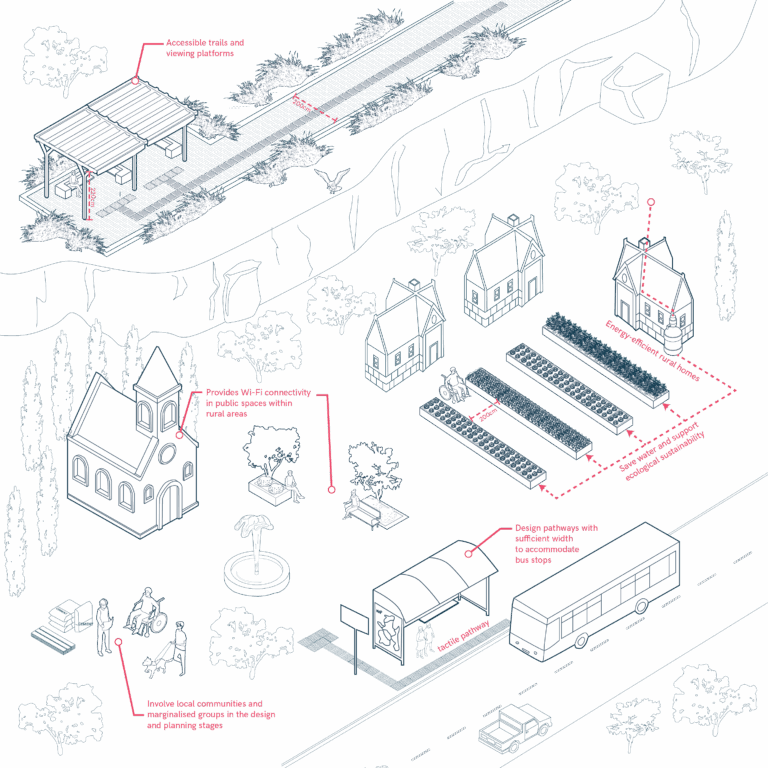
Rural areas
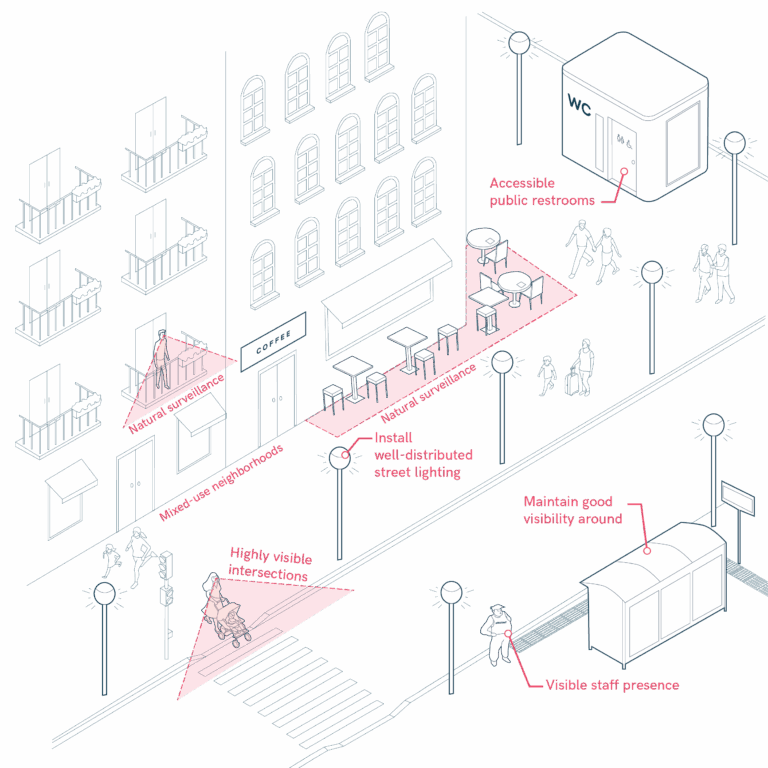
Safe and Comfortable Streets for All
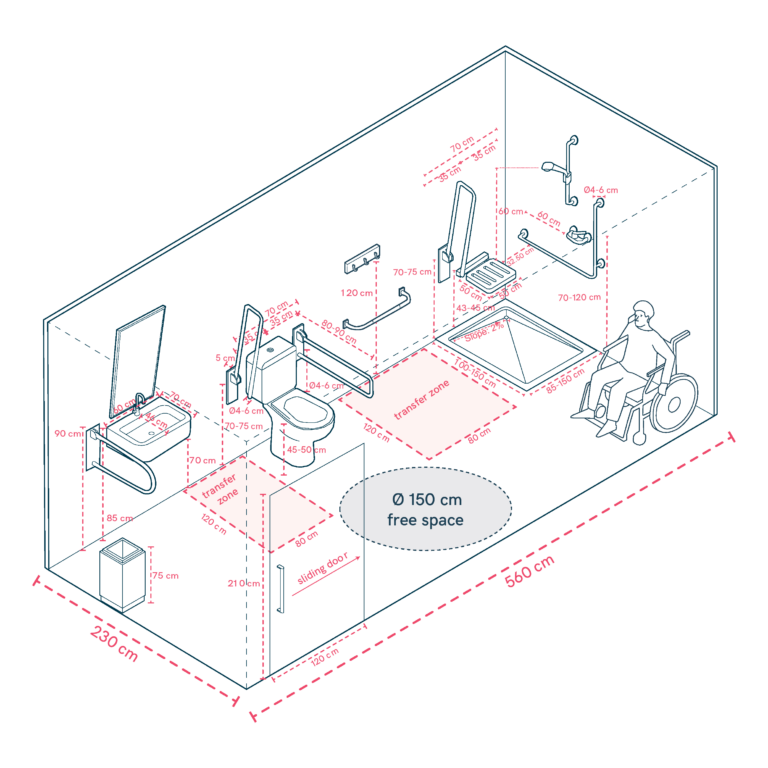
Safe and Functional Bathrooms
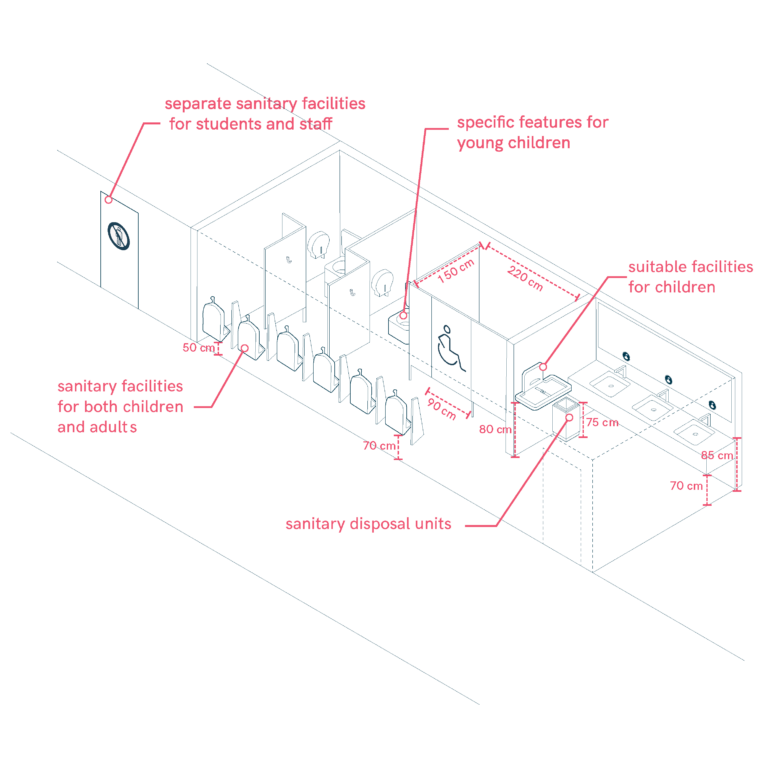
Sanitary Facilities and Restrooms
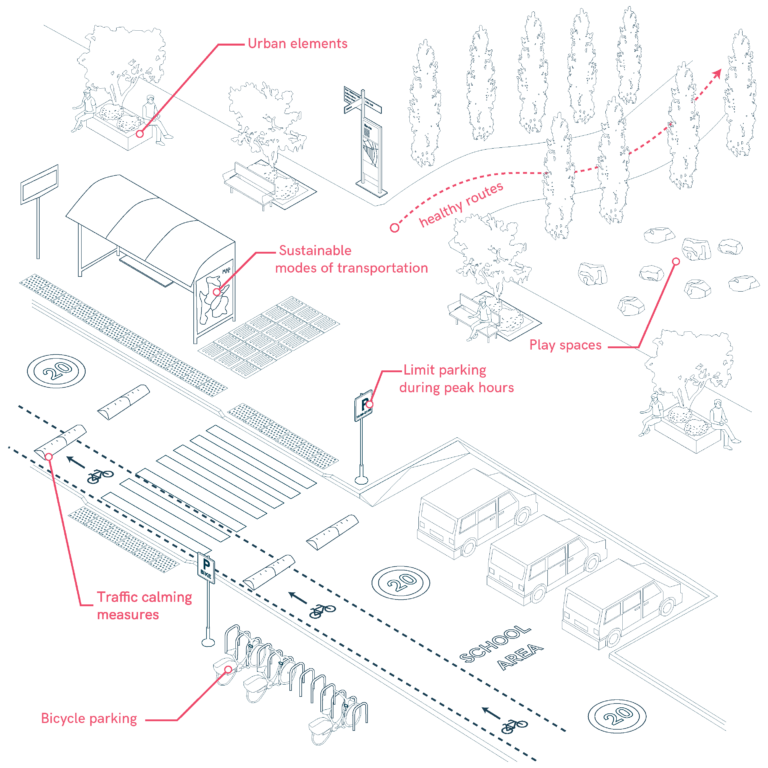
School Pathways
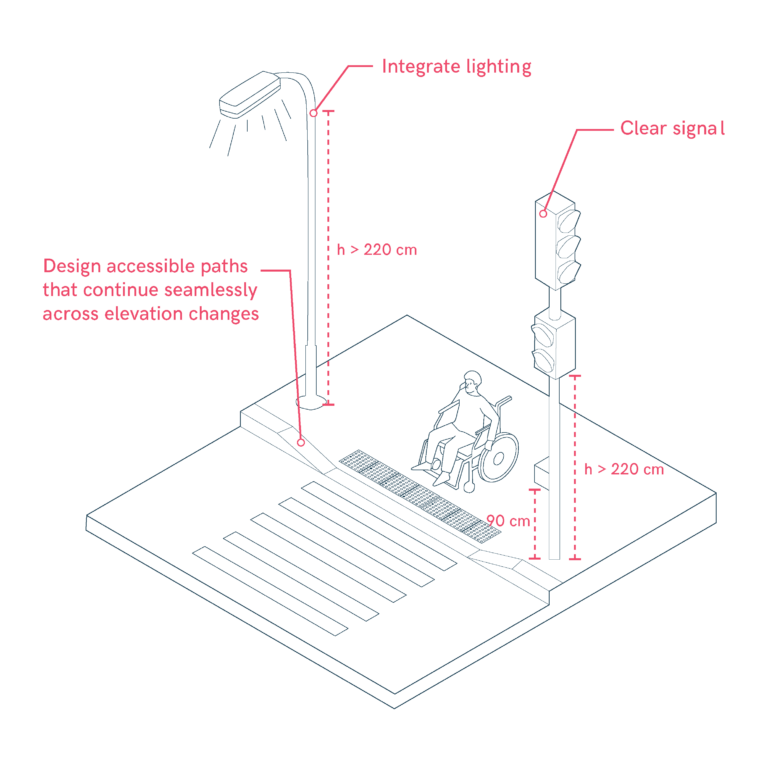
Seamless Continuity
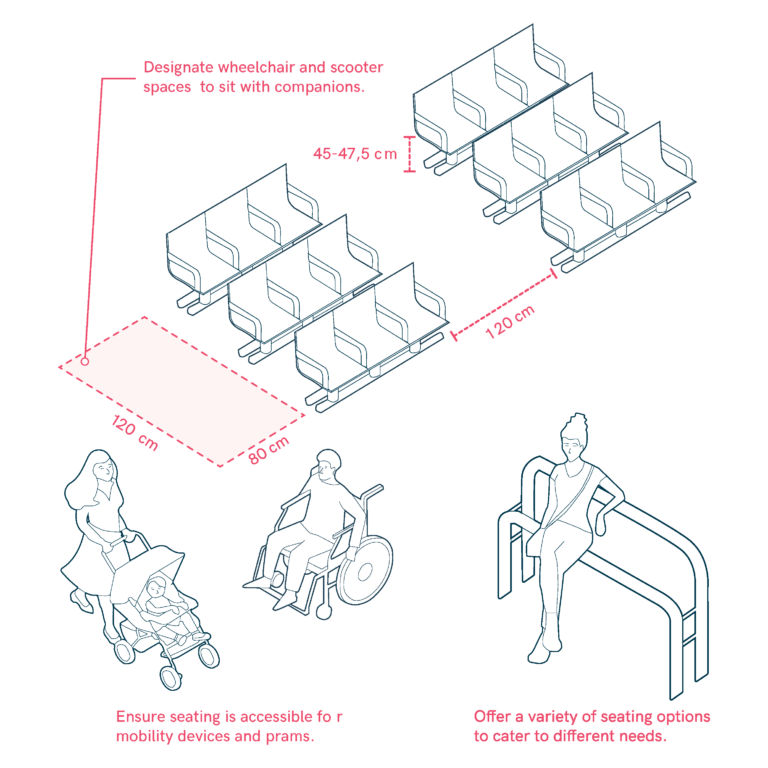
Seating Areas
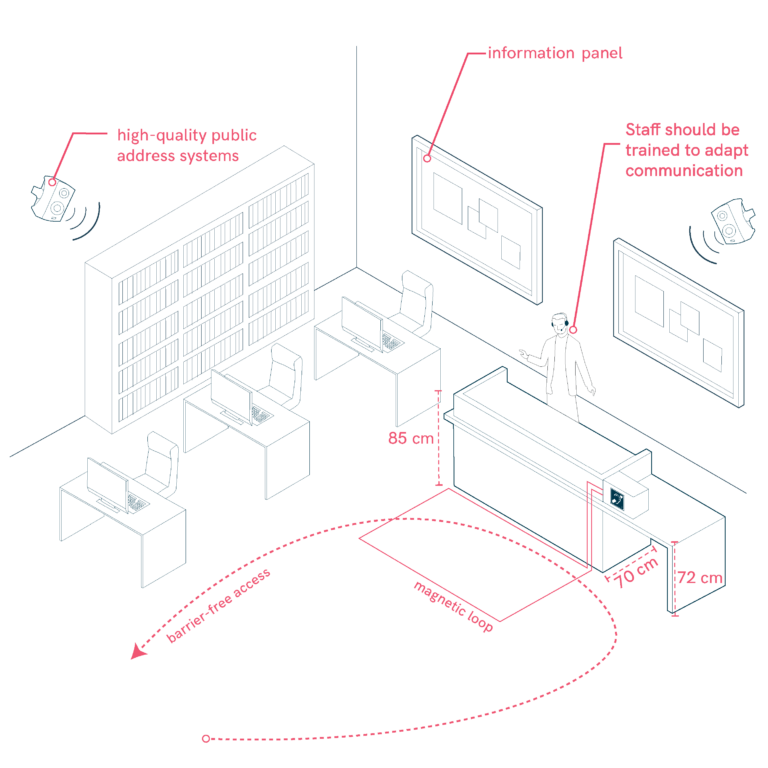
Secretary’s Office Accessibility

Shared Zones and Public Spaces

Shops and Retail Spaces
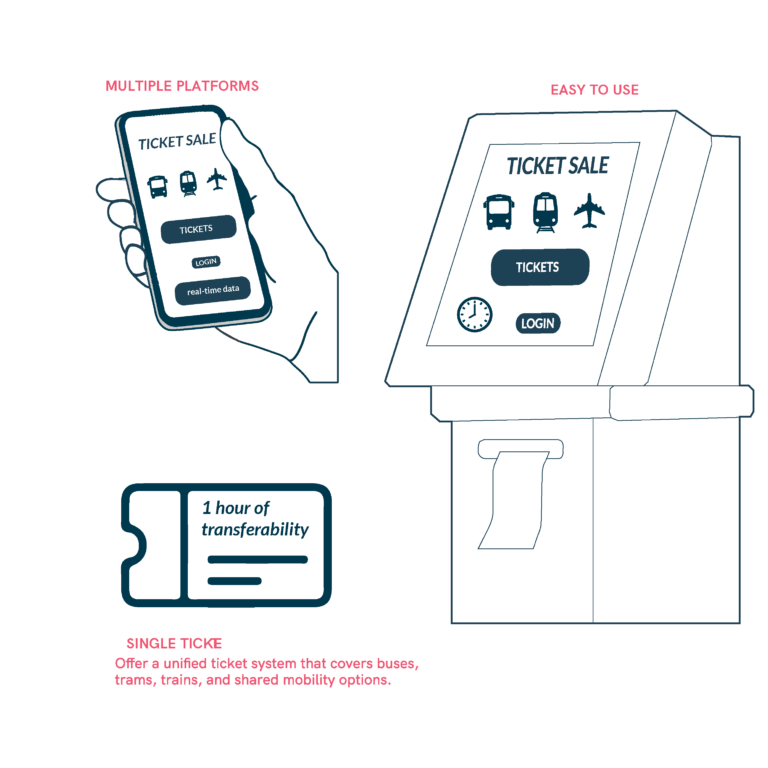
Single Ticket for Multimodal Public Transport

Social and Community Housing
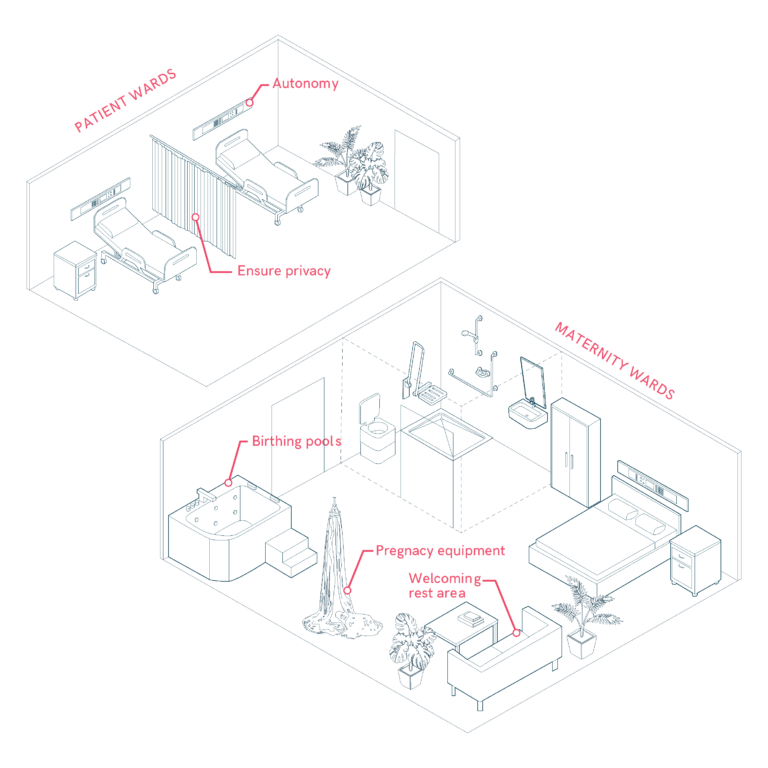
Specialist Areas and Medical Equipment

Sporting and Recreational Facilities
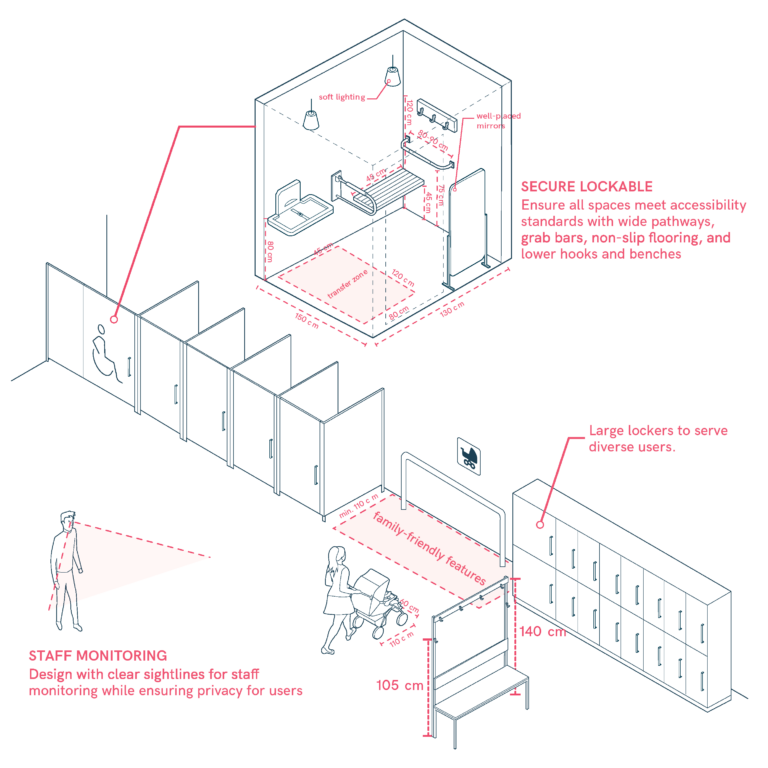
Sports Centre Changing Rooms

Storage Areas
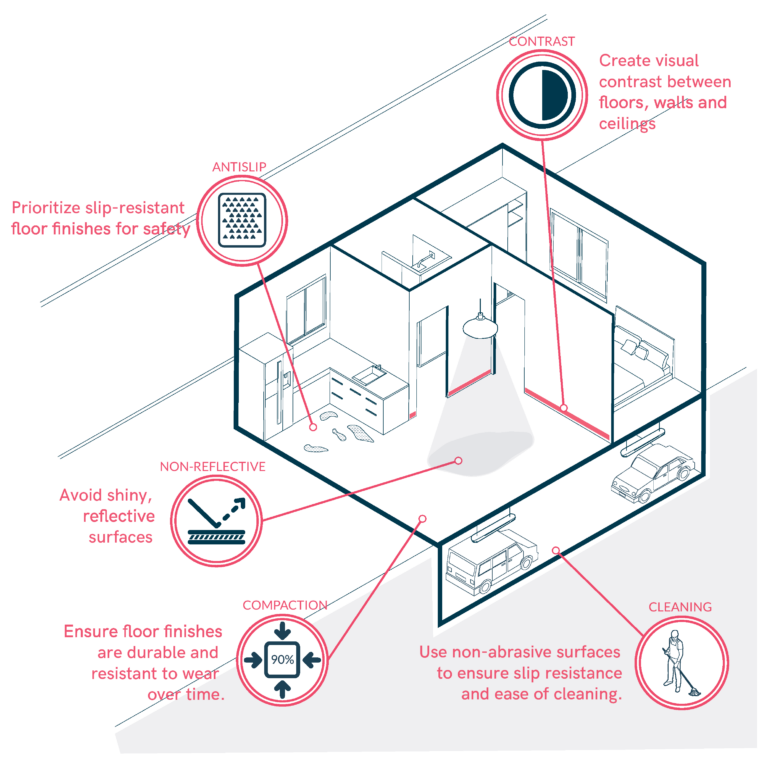
Surface Finishes
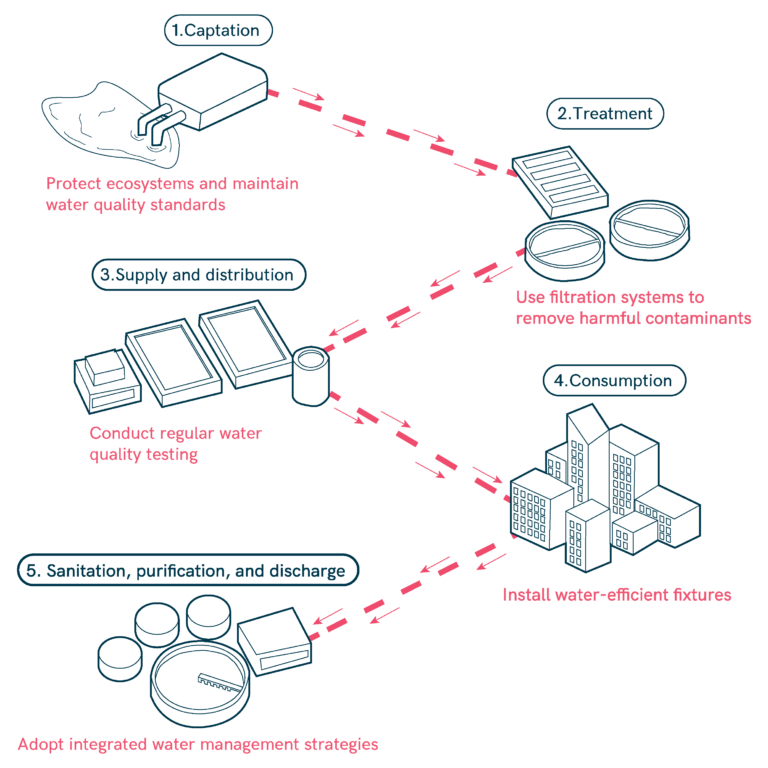
Sustainable and Efficient Water Systems
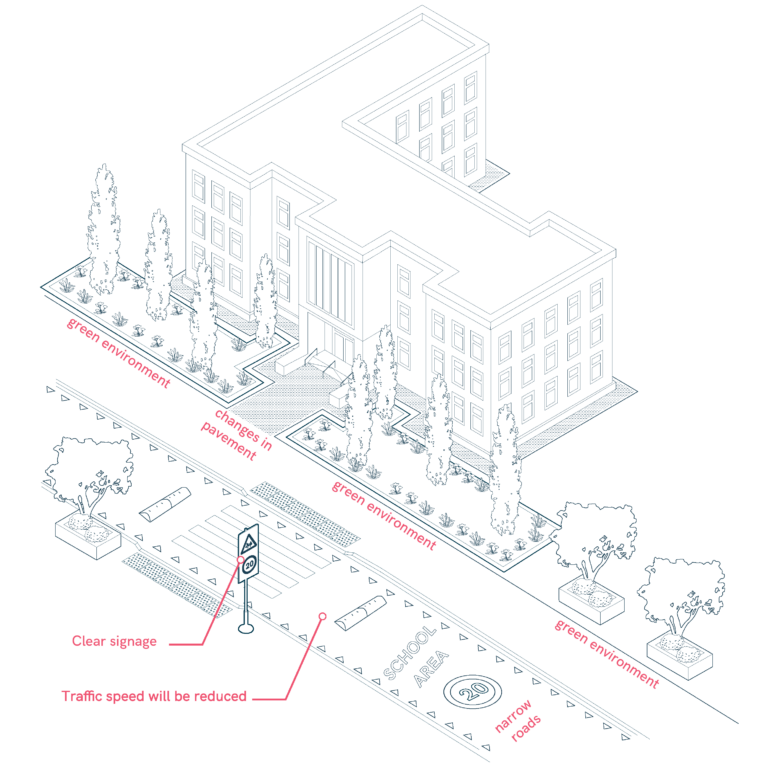
Sustainable and Resilient School Streets

Sustainable Landscaping and Biodiversity
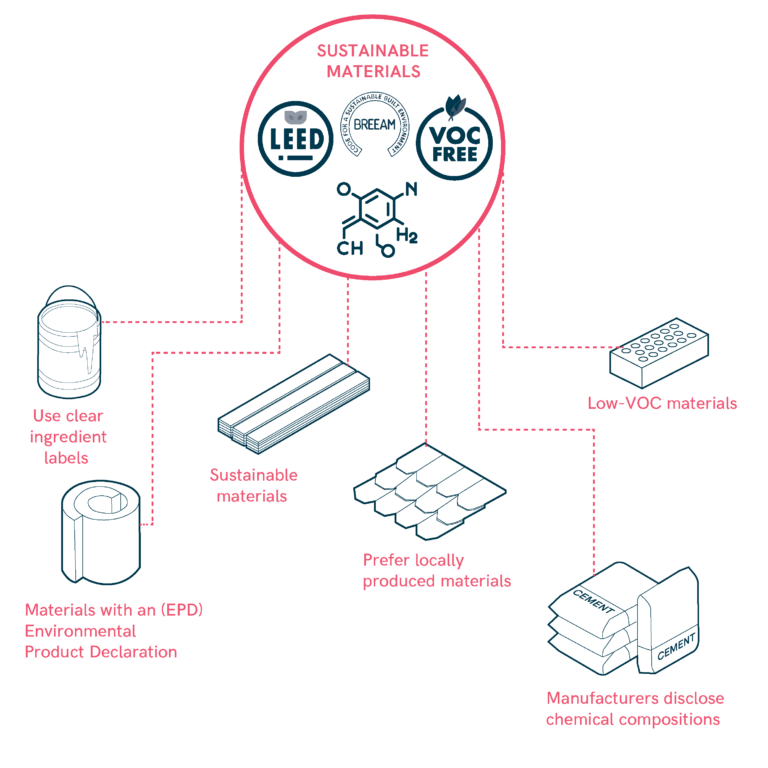
Sustainable Materials
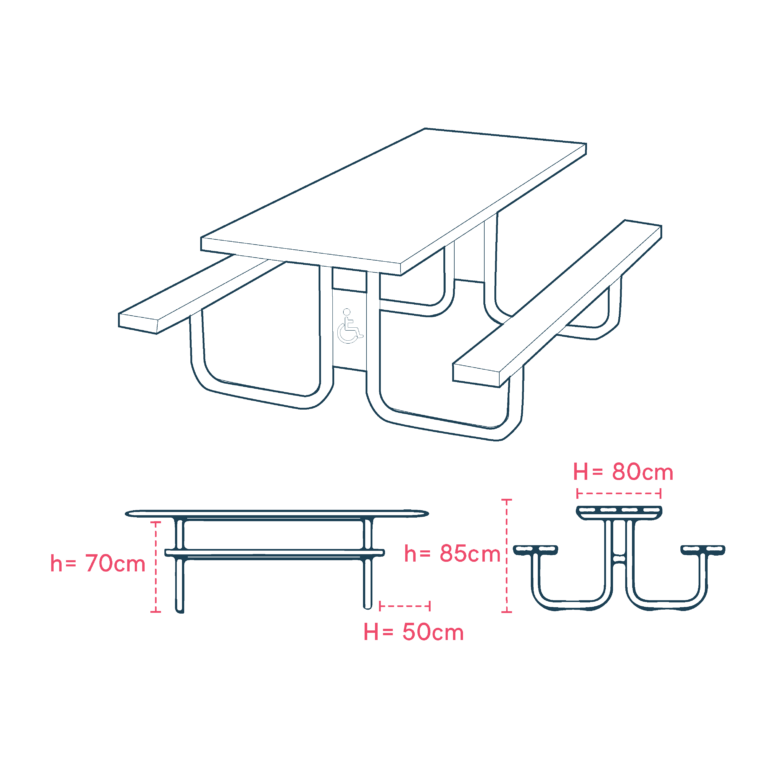
Tables and Picnic Areas

Taxi Accessibility
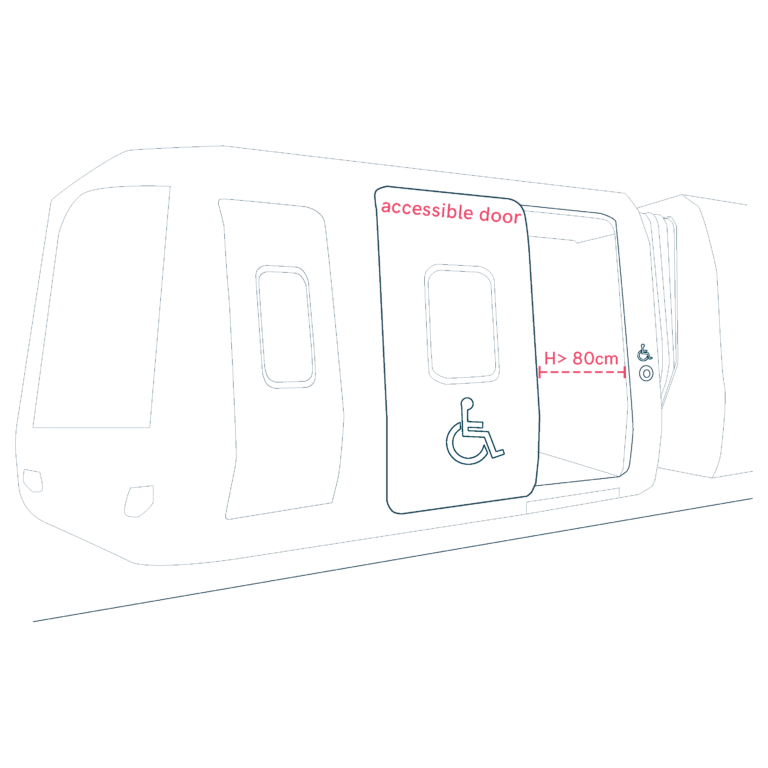
Train Access
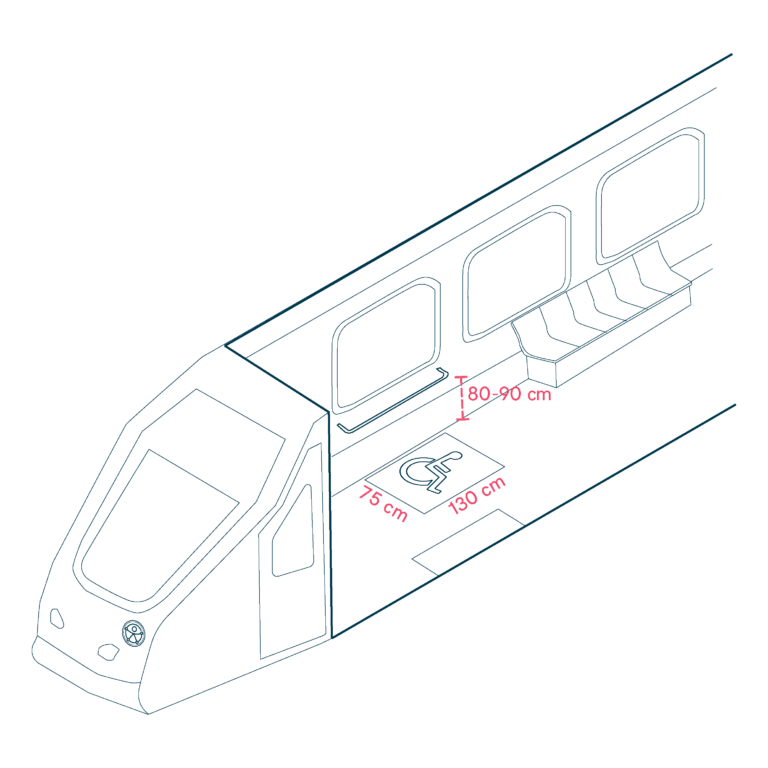
Train Interior Accessibility

Trams Meeting the Roadway

Transport Data Collection
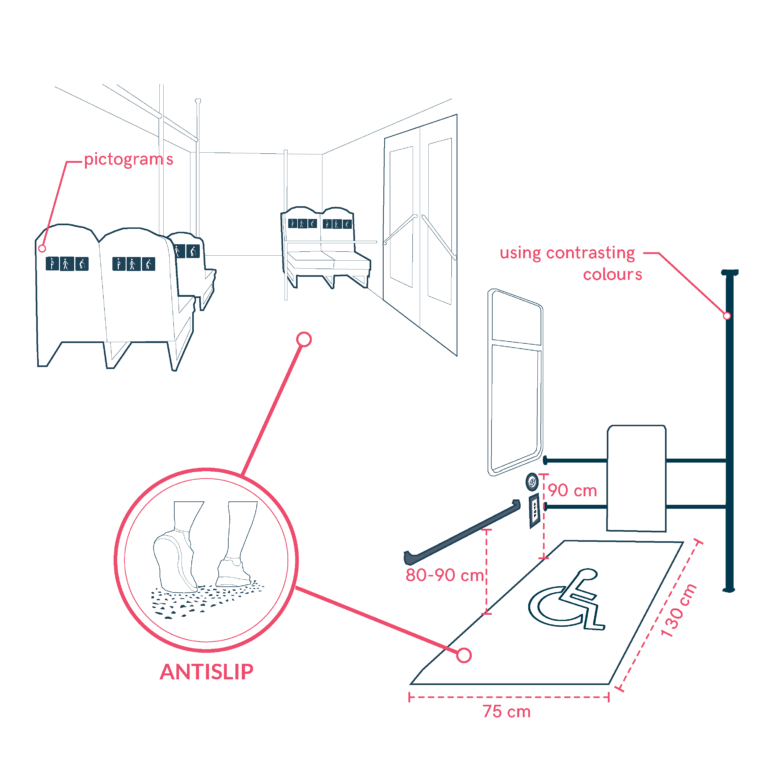
Travelling by Bus
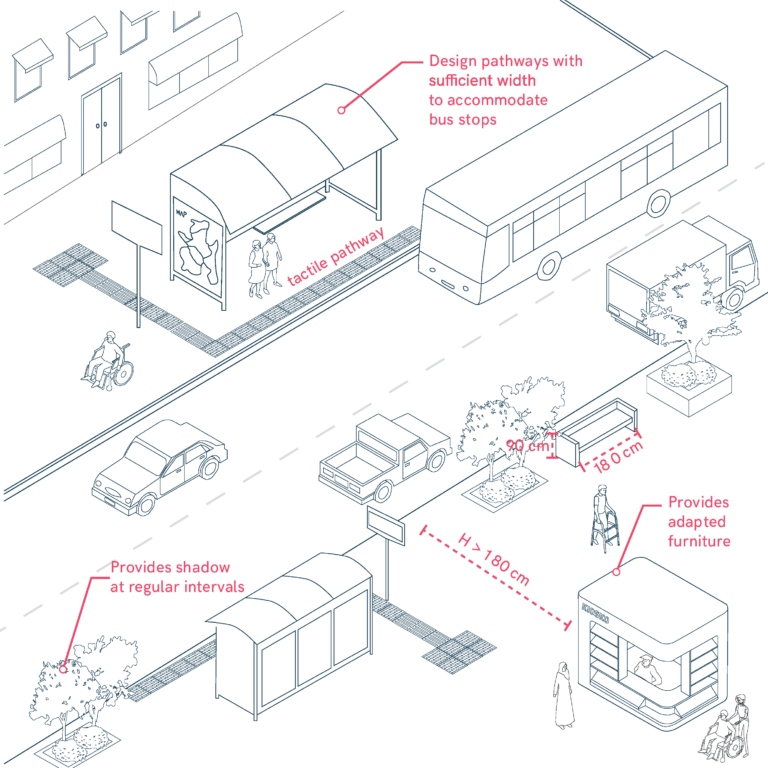
Urban Furniture and Amenities
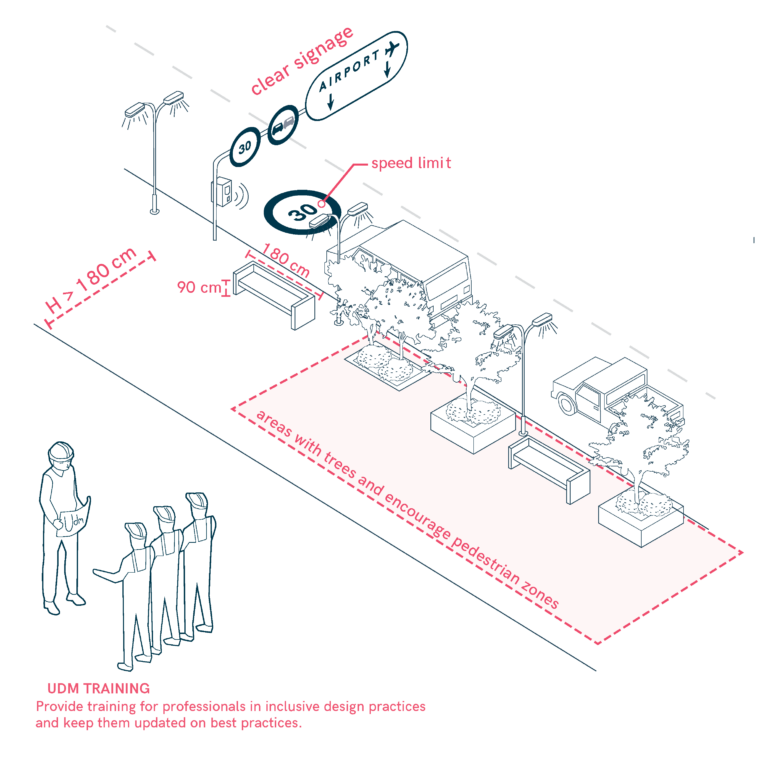
Urban Mobility and Roadway Design
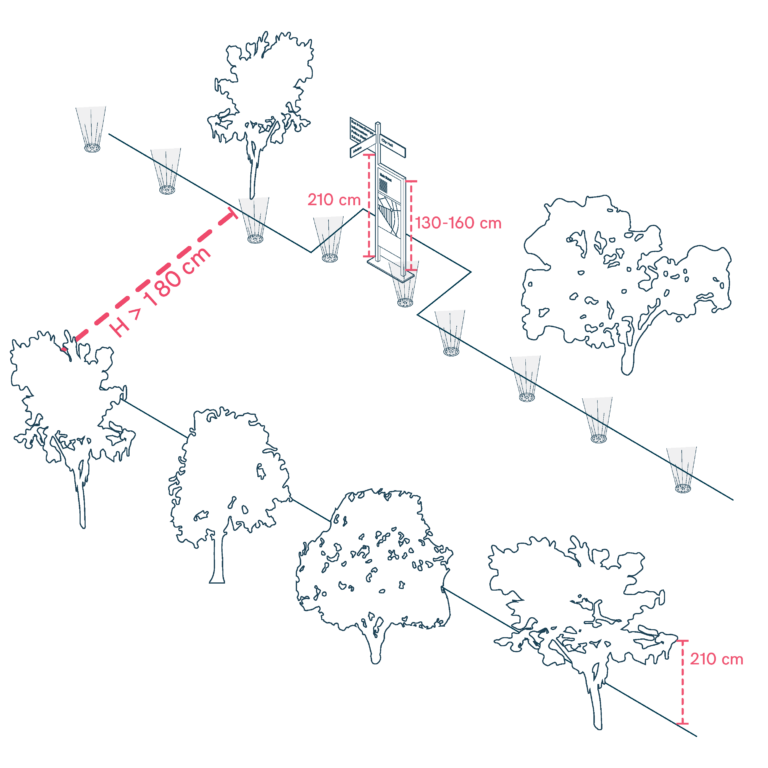
Vegetation and Landscape Design
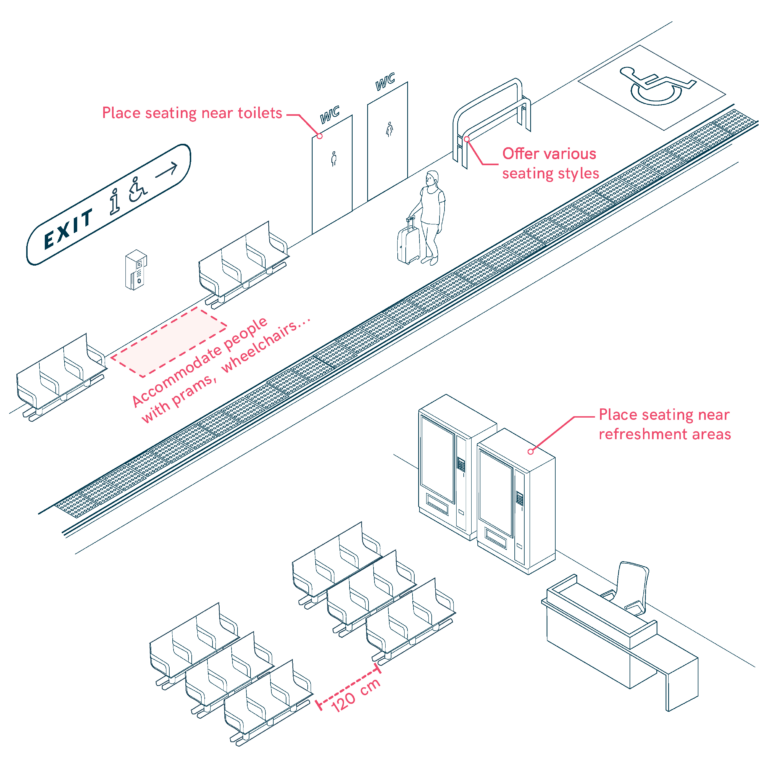
Waiting Areas
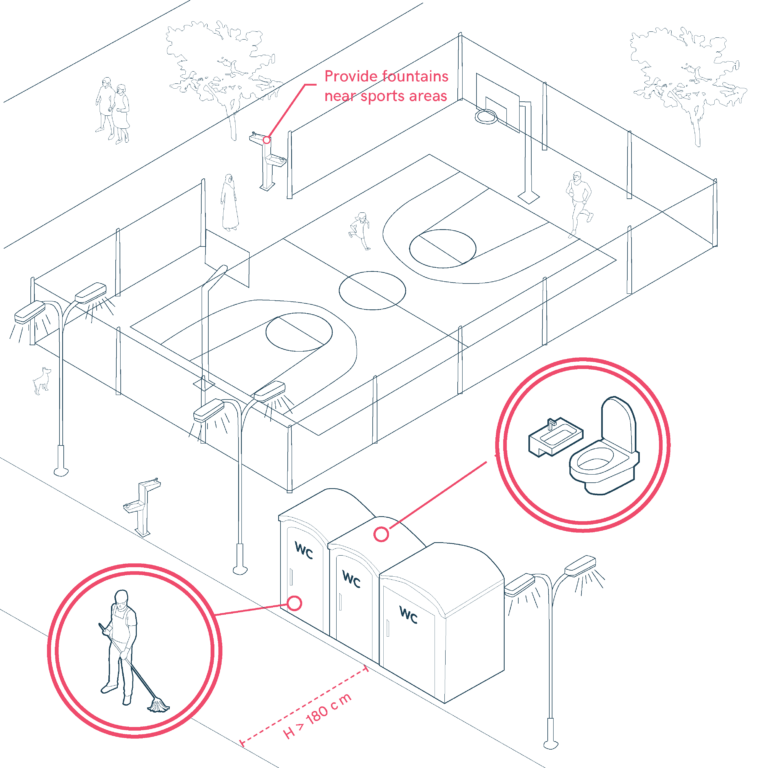
Water and Hygiene Facilities
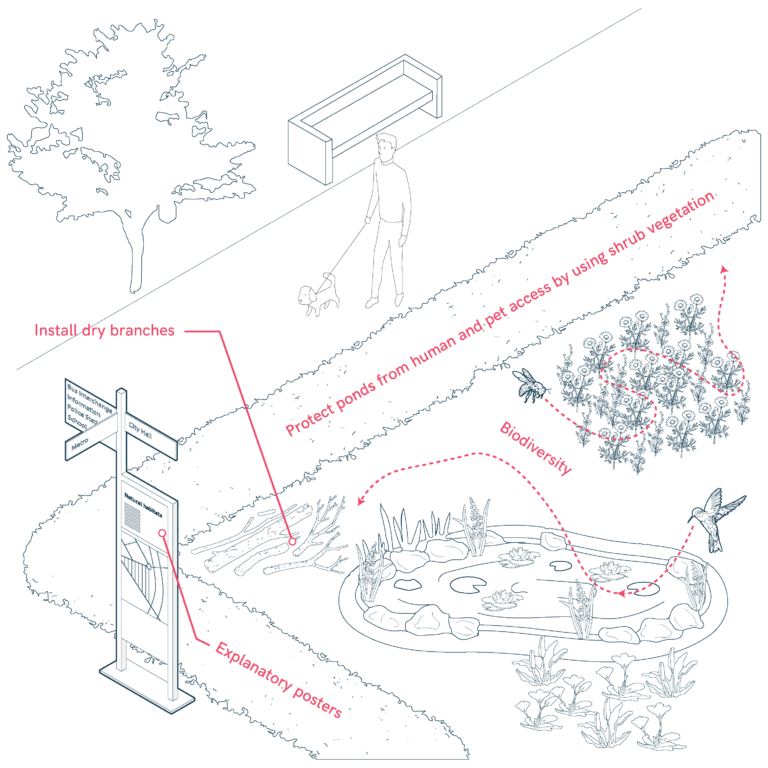
Water Management and Ponds

Wayfinding and Safety Features
